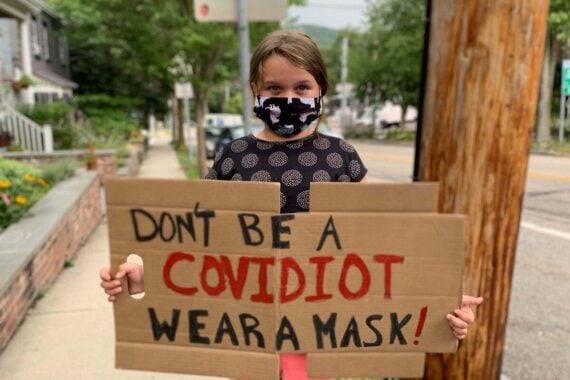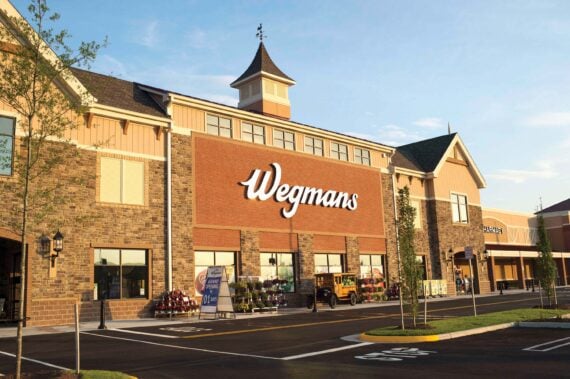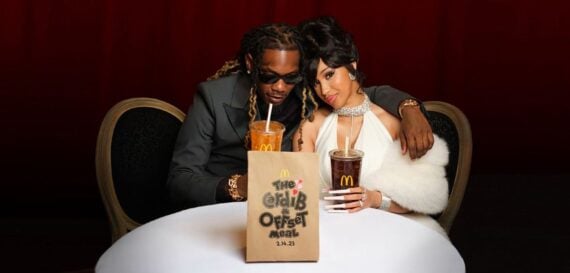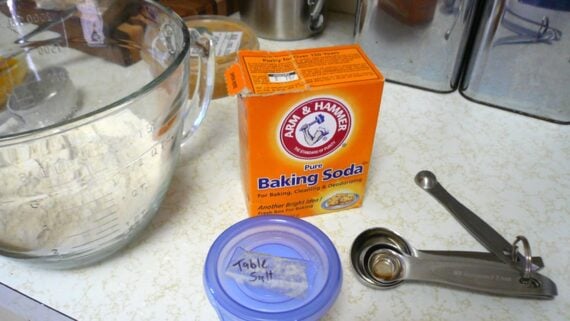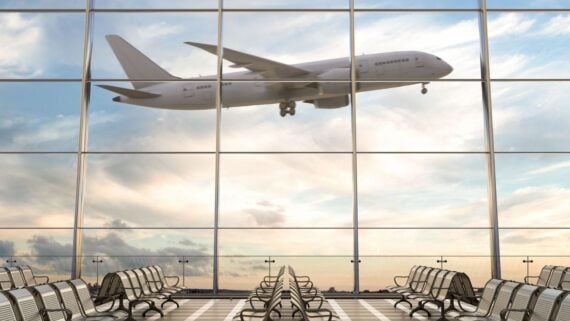Like so many other parts of life, how we talk and the words we use have been rapidly and profoundly affected by the pandemic. While some of the words are new, others have been around for a while, but are newly prominent or have revised definitions. Here’s a closer look at some of the terms that are part of our expanding vocabulary — including the dreaded “flurona,” a mashup of infections that is increasingly worrying doctors.
Related: Meta, Crypto, and Other Words We Learned in 2021
Kris Scott and Jennifer Magid contributed to this story.
‘Flurona’
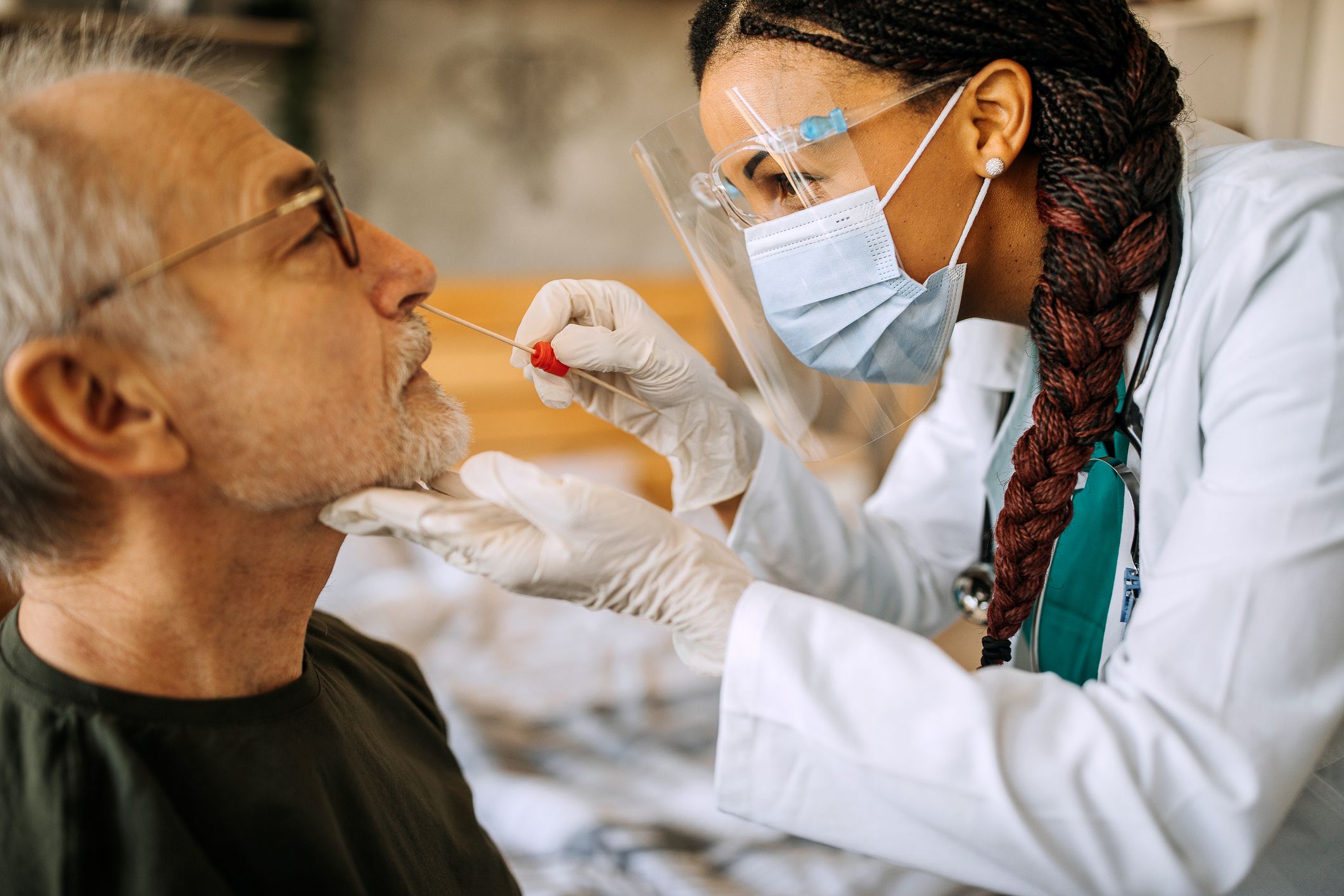
Because 2022 is starting off with a bang, coronavirus and the flu have decided to throw a party — together. First detected in a pregnant woman in Israel and now found in the U.S. in an unvaccinated teen, “flurona” isn’t its own disease, but refers to when a patient tests positive for both COVID-19 and the flu either at the same time or back-to-back.
For more stories about life in the pandemic, please sign up for our free newsletters.
Variant

From the now-rampant omicron to the earlier delta surge, variants are a change or mutation to COVID-19 (or any other virus) that may cause it to spread more quickly and easily among people.
Related: COVID-19 Skeptics Who Contracted the Virus
Breakthrough
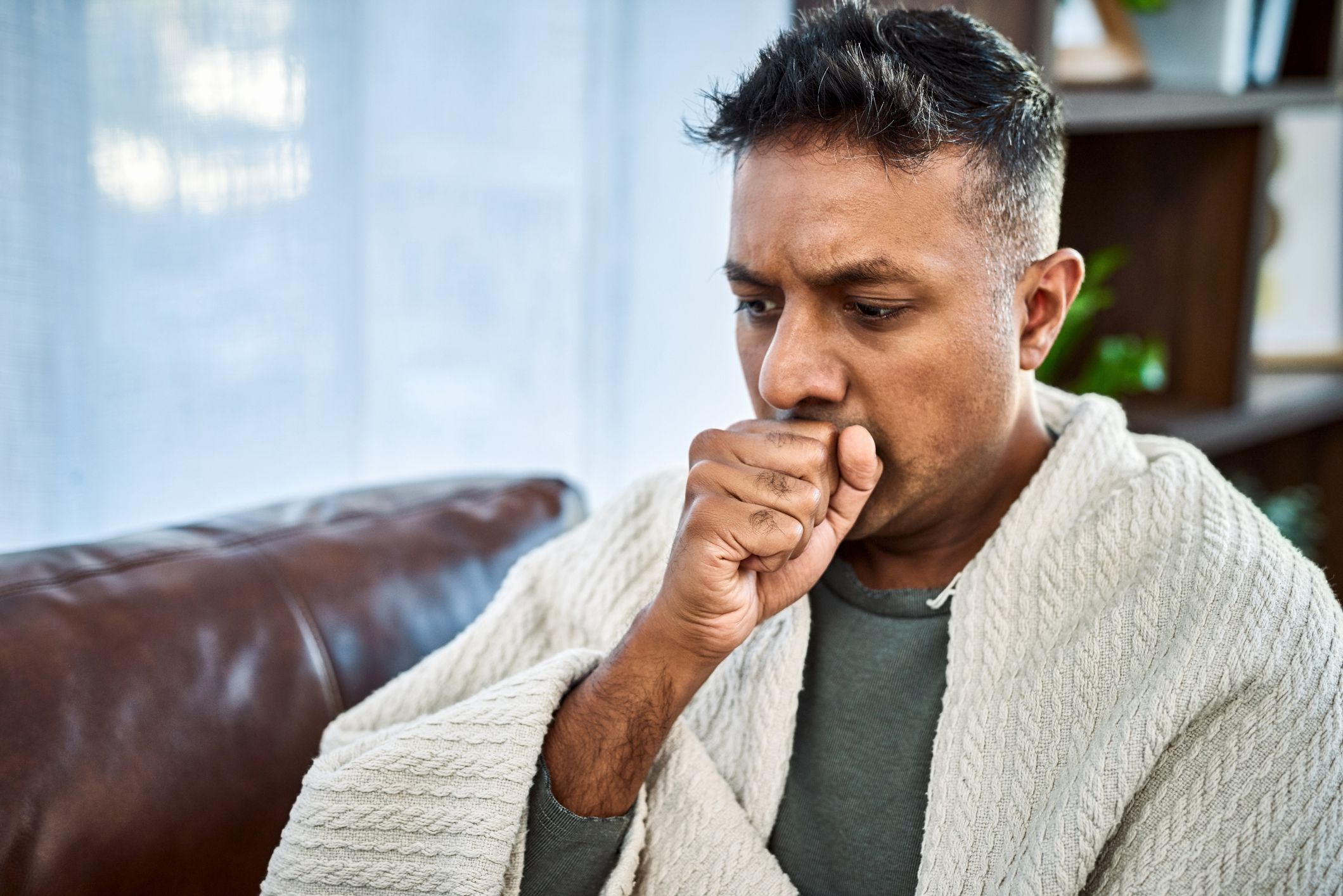
Even if you’ve been fully vaccinated, you can still get a breakthrough infection — a case of COVID-19 that’s evaded all previous shots. With the omicron variant, breakthrough infections are becoming increasingly common. Sigh.
Related: Colin Powell, Larry King, and More Luminaries We Lost to COVID-19
‘The Jab’
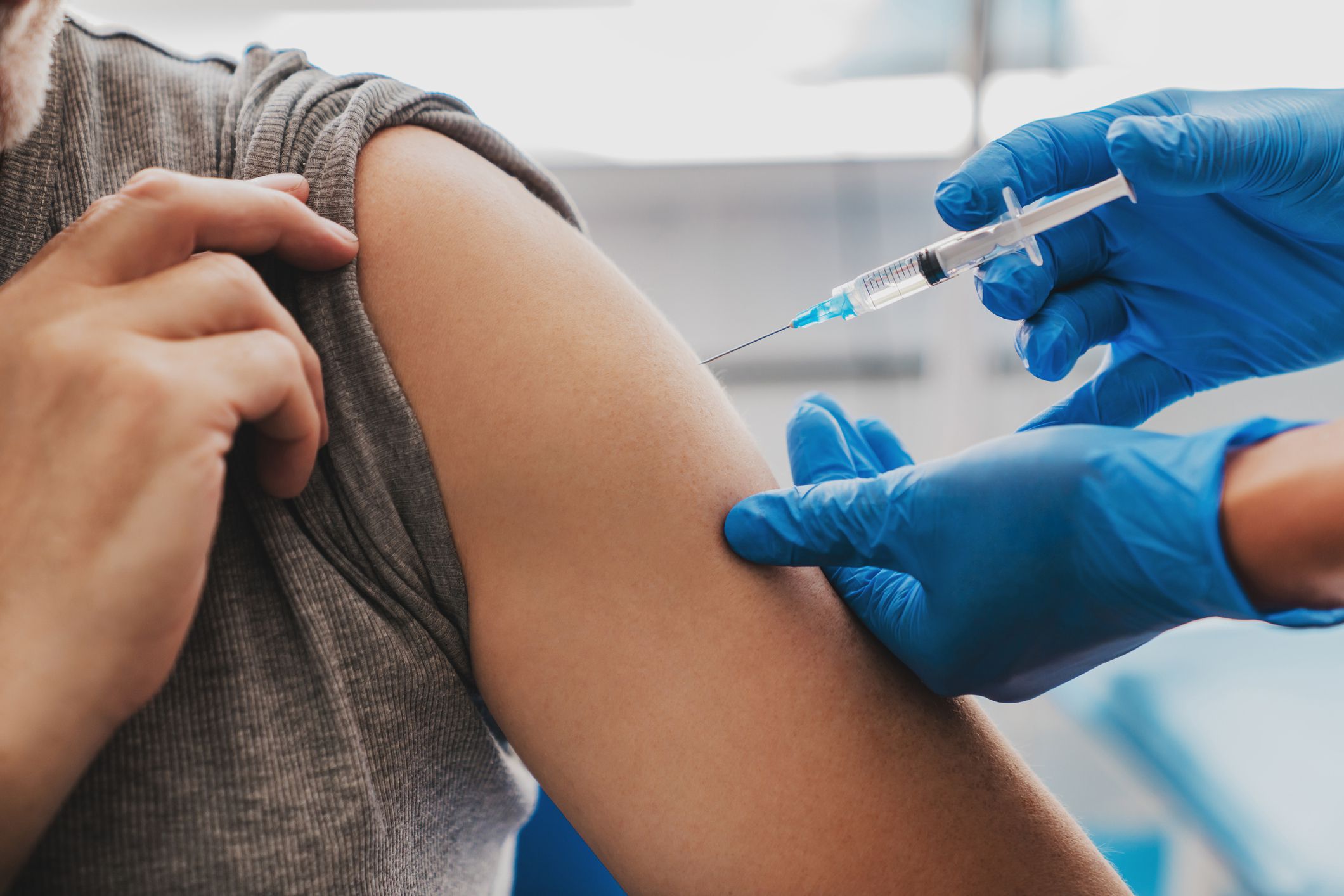
A jab used to refer to making a joke at someone’s expense, but thanks to the pandemic, it has a whole new meaning. The term originated in England, where Brits began to refer to getting their vaccinations as “the jab.”
Related: How Does Your State’s COVID Vaccine Rollout Stack Up?
Booster
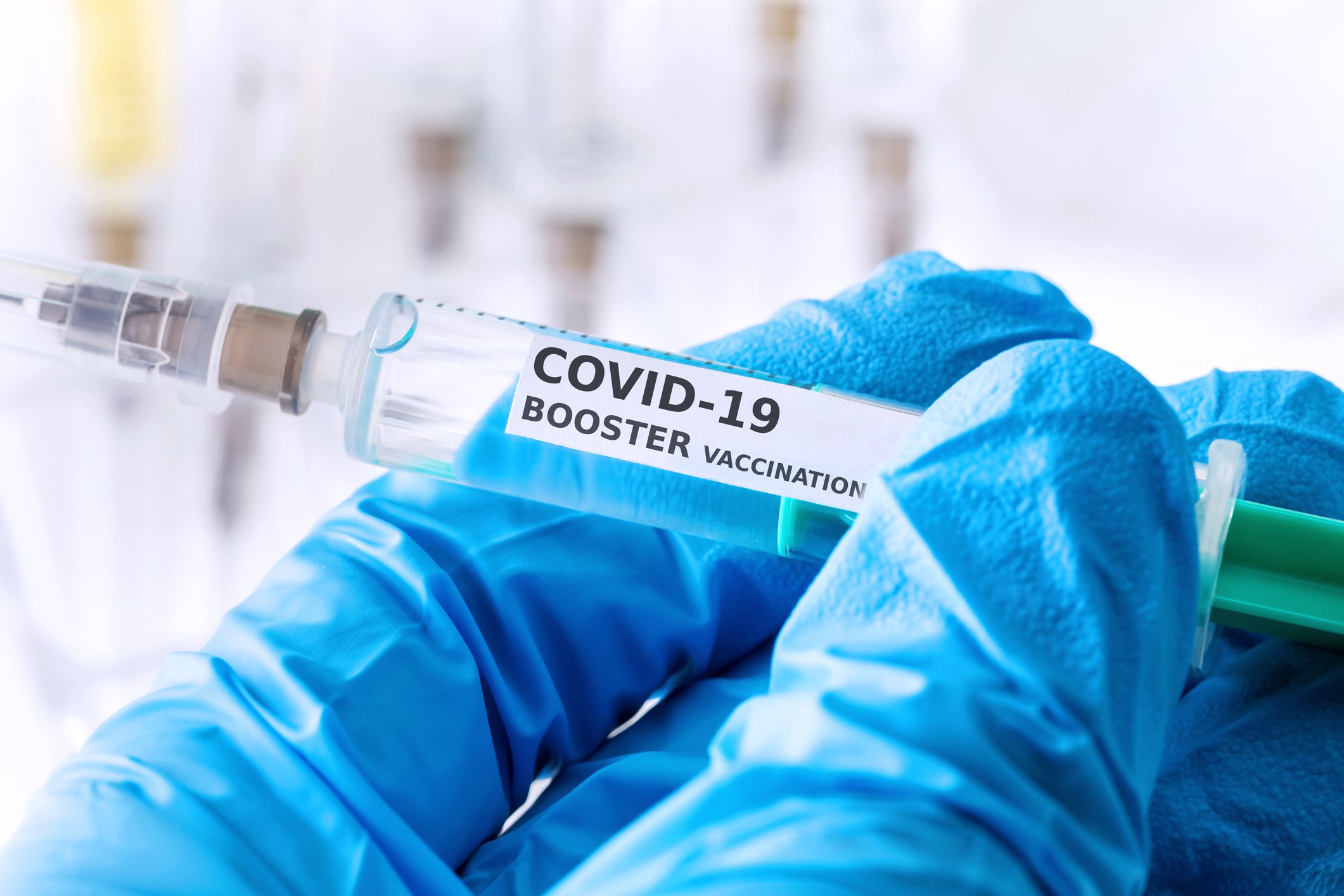
What was once a toddler’s seat at the table is now the name of your third vaccination shot if you initially got a Pfizer or Moderna vaccine, or your second if you had Johnson & Johnson. True to their name, boosters enhance protection after it may have lessened over time from the original shot series.
Trending on Cheapism
Long-Hauler

A term used to describe people who experience COVID-19 symptoms for months after being diagnosed, and long after subsequently testing negative.
Vaccine Eligibility
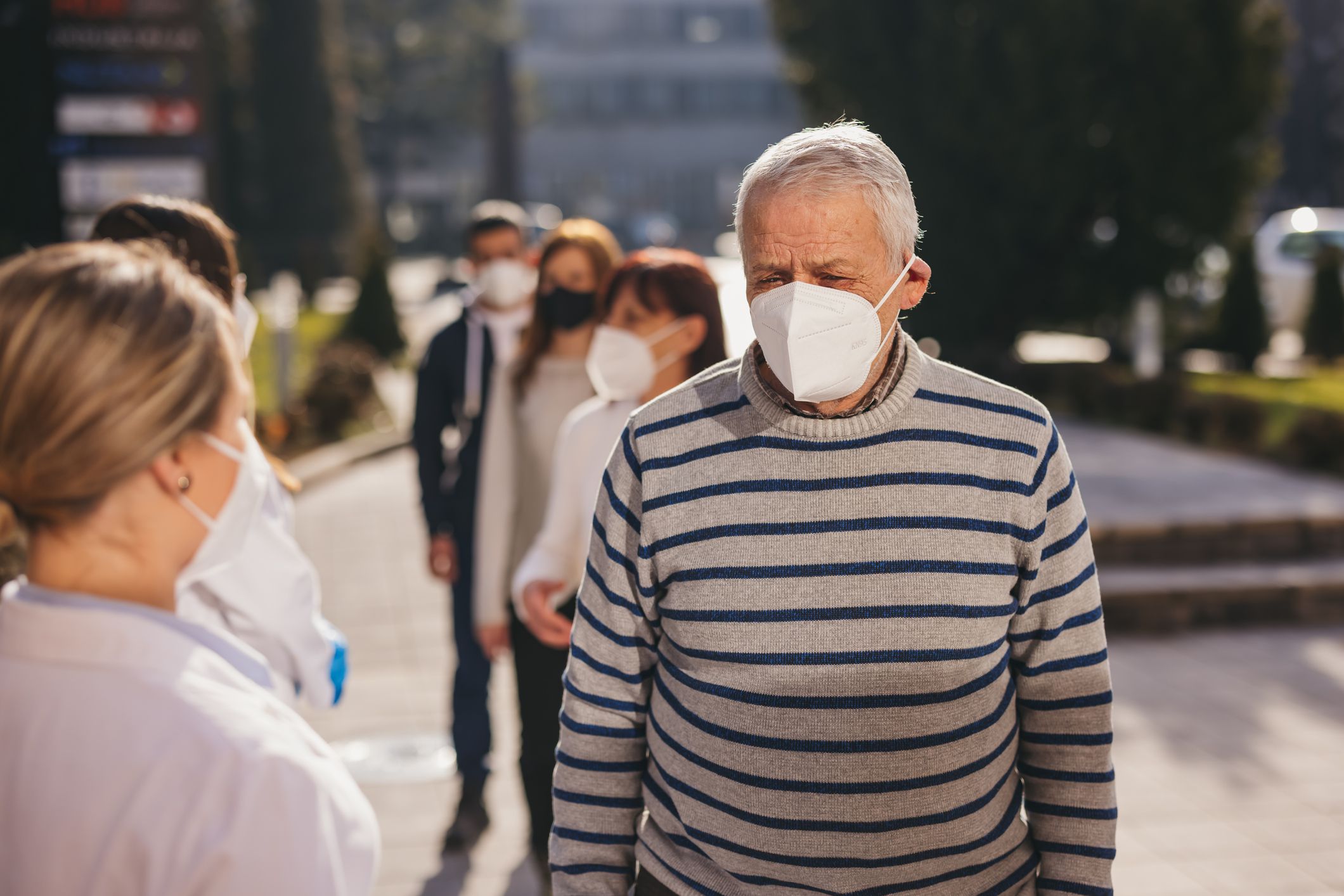
A set of criteria that differs from state to state and can include age, pre-existing conditions, and profession (e.g., health-care worker, essential worker, educator, etc.)
‘Jumping the Line’
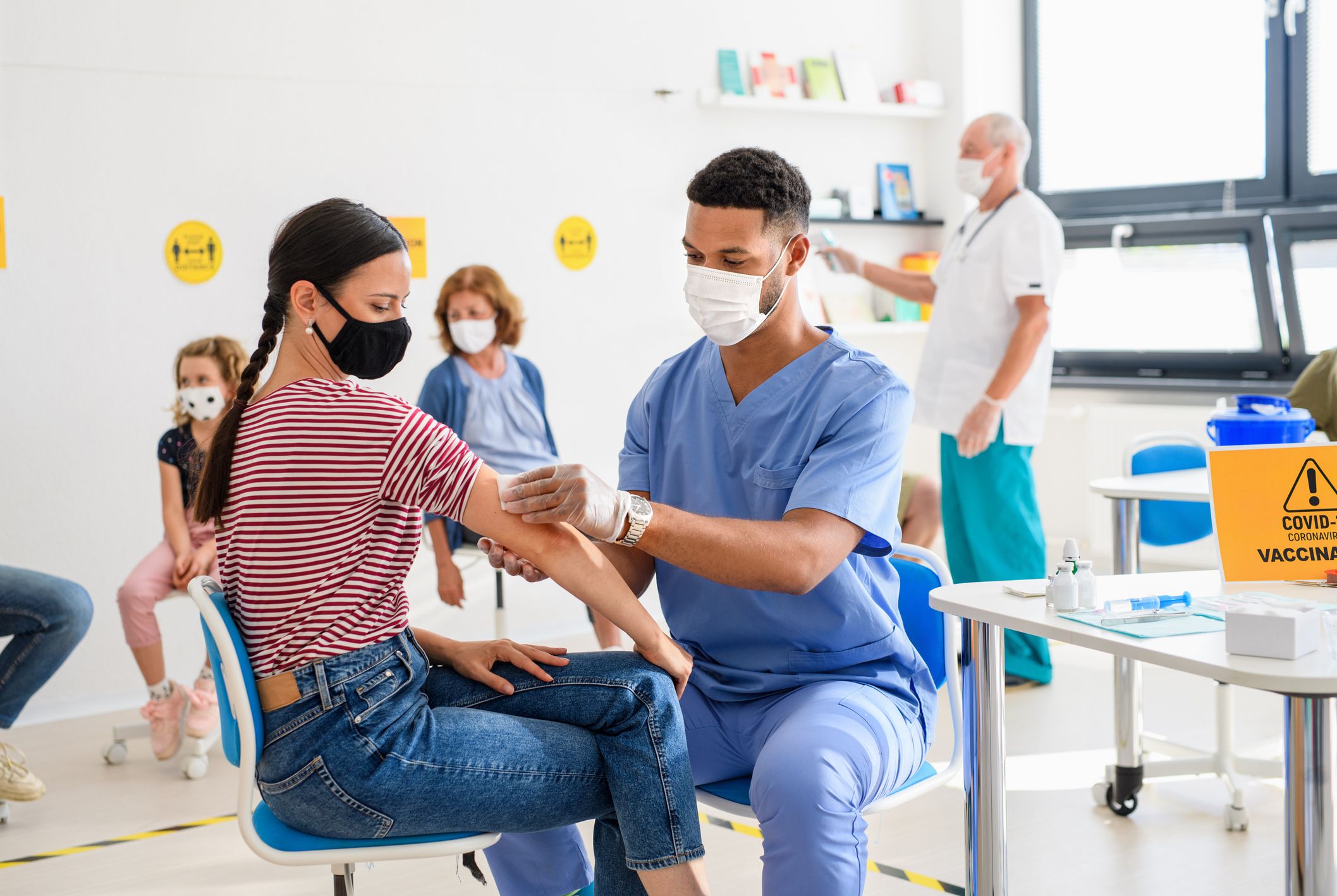
Though hardly new, this phrase has been used most recently to describe people who use their wealth, influence, and/or some type of trickery to get the vaccine before others deemed higher priority because of factors like a pre-existing condition or essential profession.
Sign up for our newsletter
mRNA
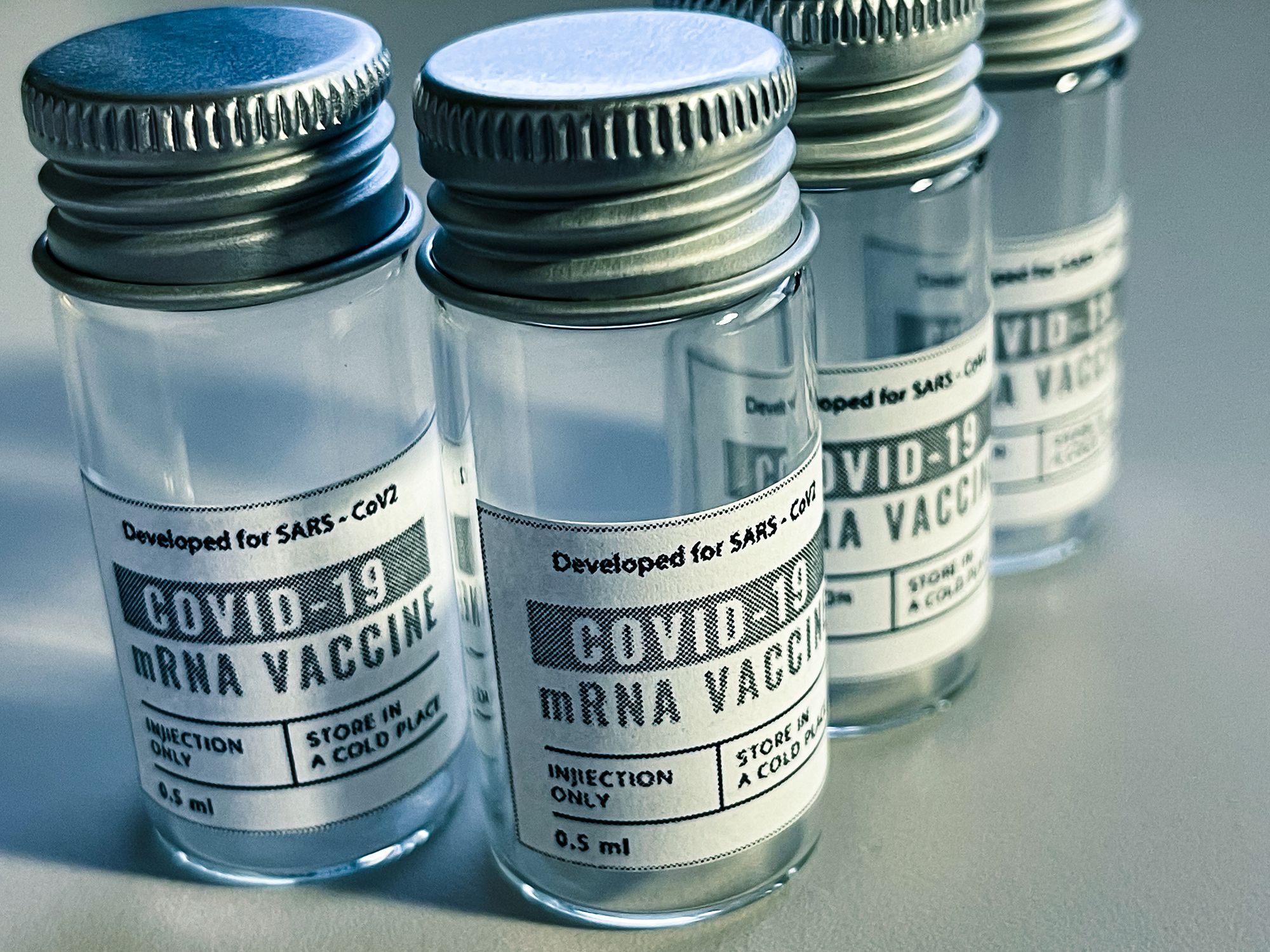
An acronym for messenger RNA, this is a new type of vaccine that teaches cells to make a protein to trigger an immune response, rather than introduce a germ or virus into the body. Although it predates the coronavirus, mRNA technology gained prominence with its use in COVID-19 vaccines.
Herd Immunity
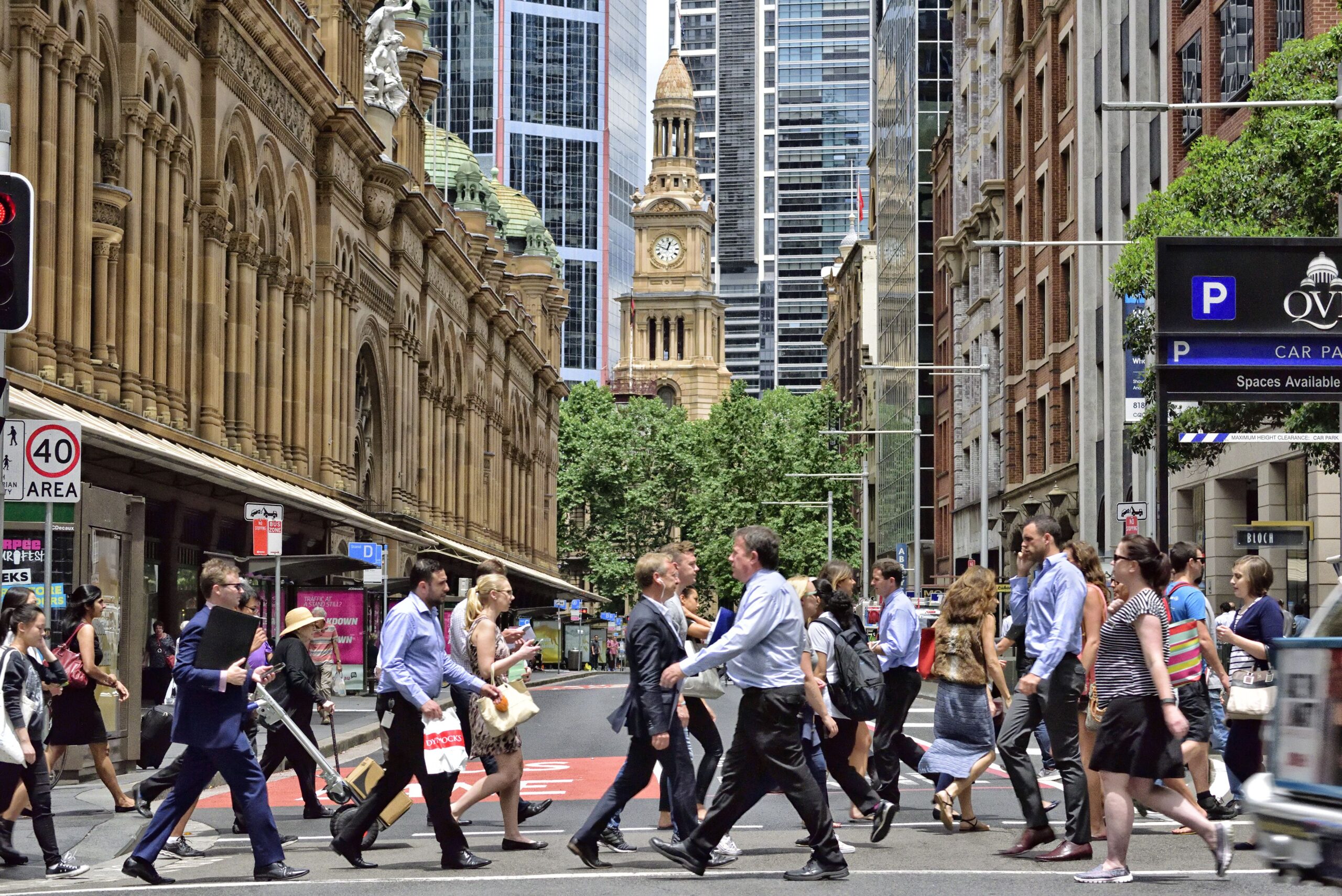
According to the World Health Organization, herd immunity “is the indirect protection from an infectious disease that happens when a population is immune either through vaccination or immunity developed through previous infection.” It is also known as population immunity.
Maskhole
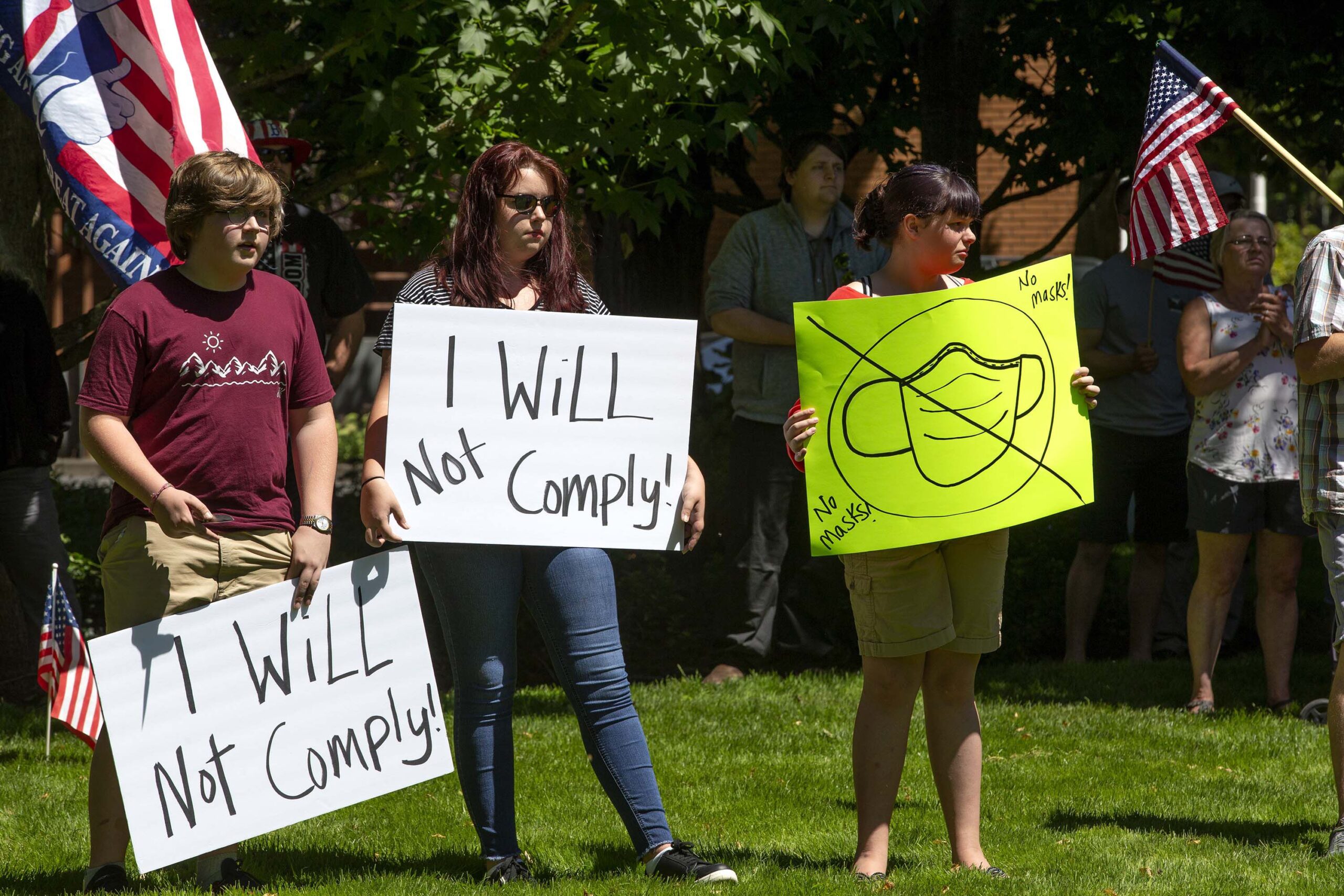
Pretty sure we don’t need to spell this one out for you. Yes, it rhymes (sort of) with a certain profanity. And, yes, it applies to those folks — or, as Urban Dictionary so bluntly puts it, those “selfish idiots” — who refuse to wear a mask for any number of unenlightened reasons.
Related: Masks and Accessories to Make Covering Your Face More Comfortable
Covidiot
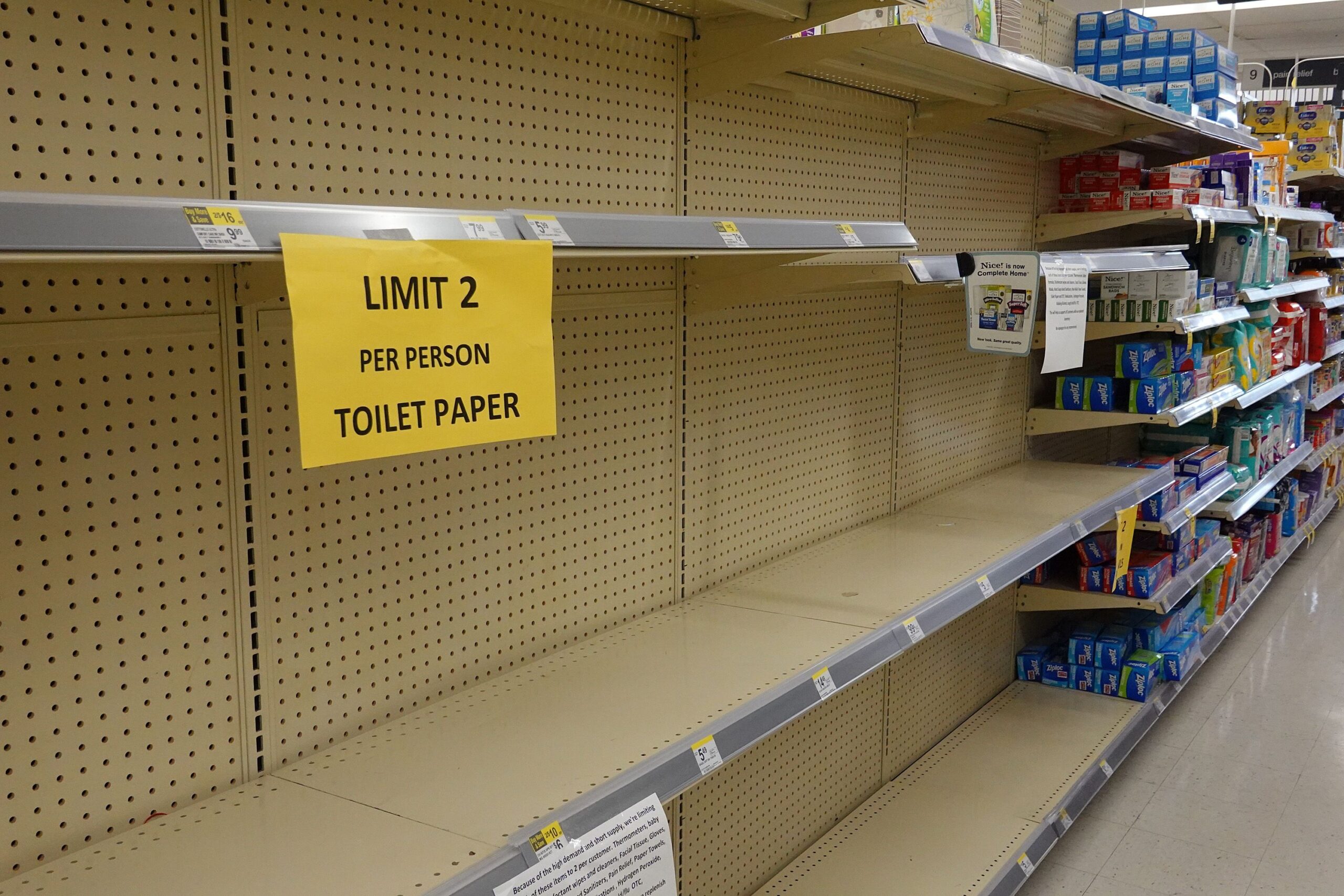
A lot like “maskhole” but less specific: A maskhole can be a covidiot, but so can the person who prematurely hoards grocery store supplies. Same for someone who insists on holding a large indoor gathering. And so on.
Maskne

A combination of “mask” and “acne,” maskne describes the skin breakouts people can get from frequently wearing a mask. Maskholes, for instance, don’t get maskne, but they suffer from a deeper affliction.
The ‘Rona
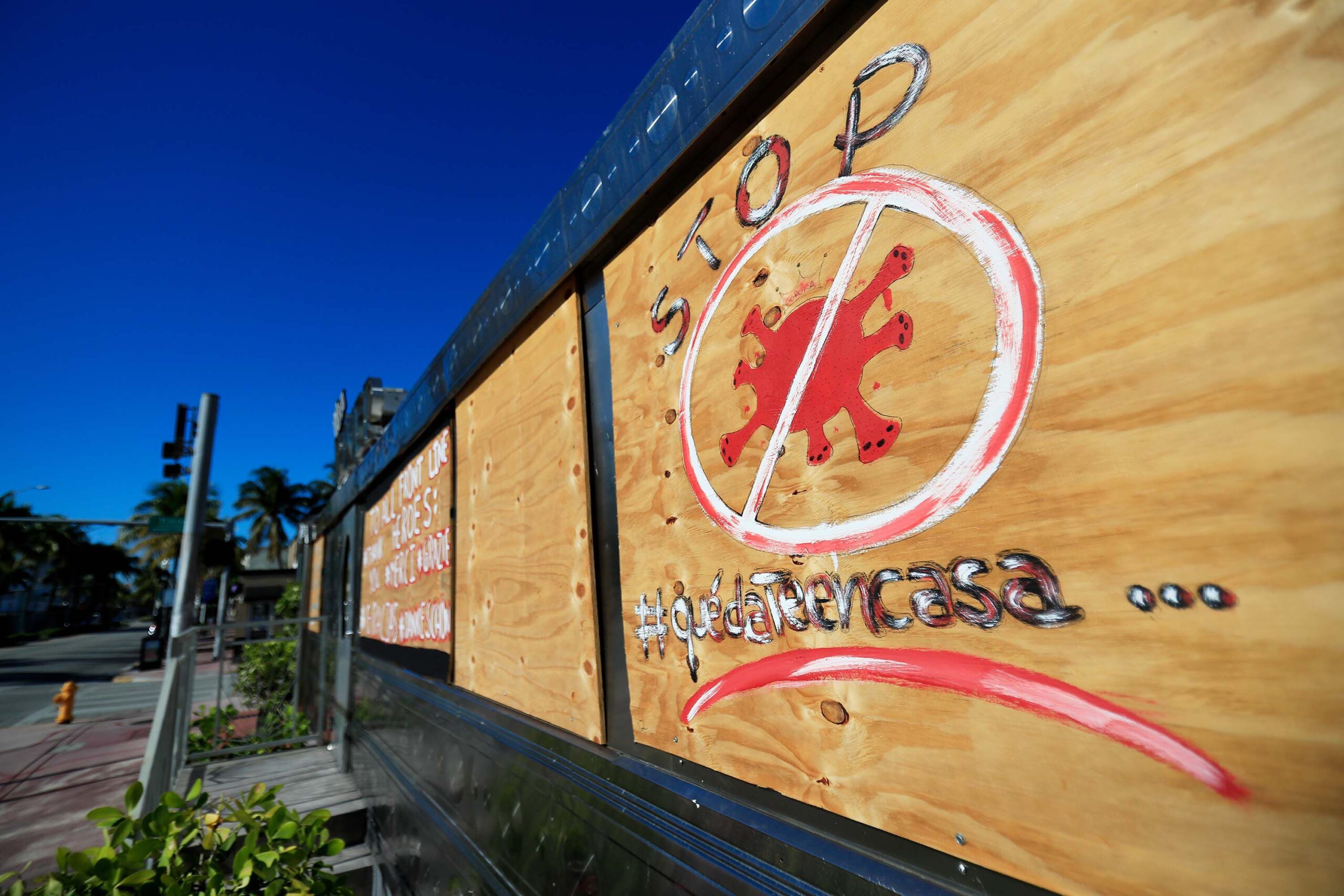
Apparently saying a five-syllable word got old for most of us. Hence: the ‘rona. It’s something you’d use, say, after sneezing in front of your neighbors: “Don’t worry! It’s allergies, not the ‘rona!”
Doomscrolling
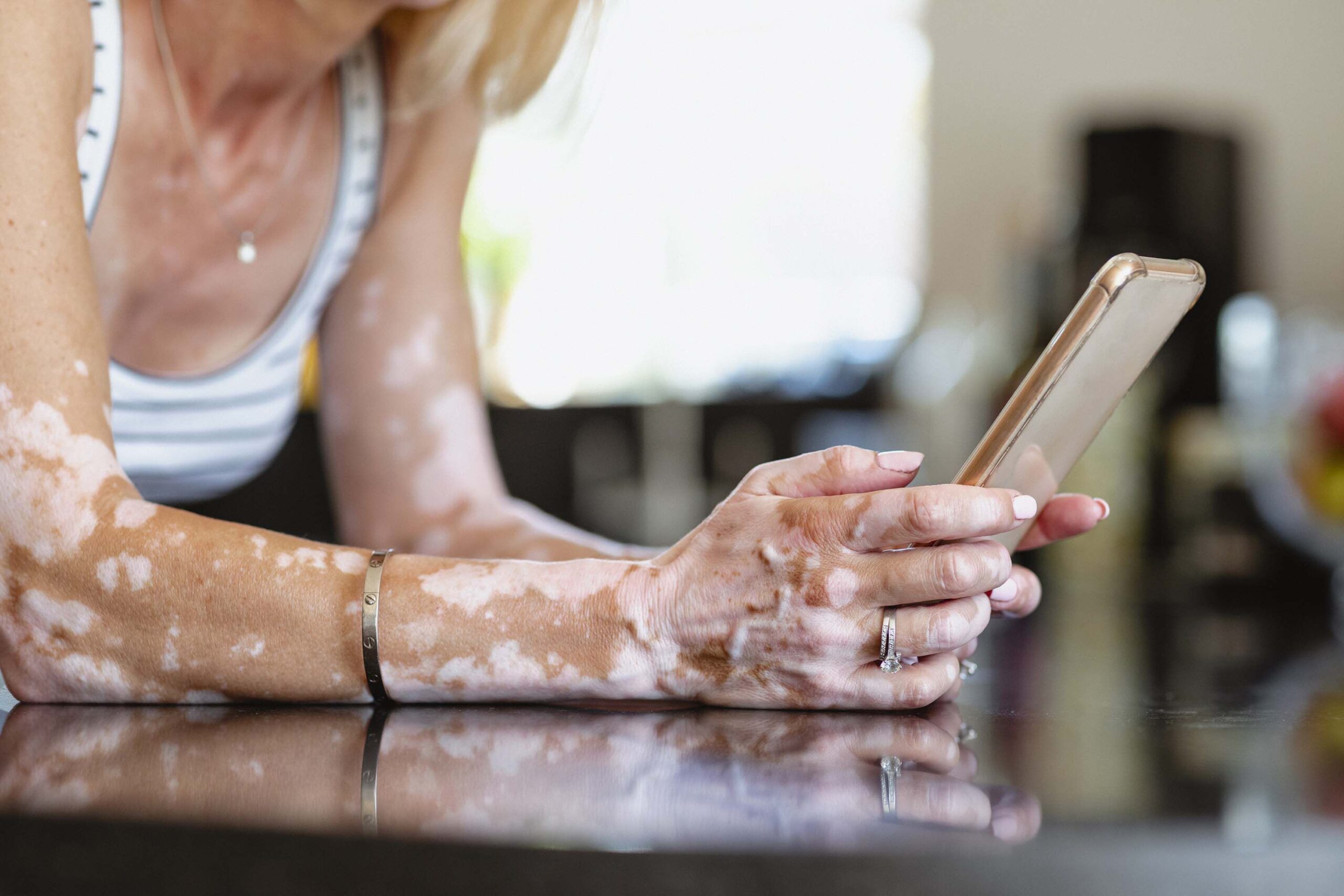
You know when you’re hungry and there’s nothing in the fridge, but you still open it anyway to see if maybe something’s magically turned up? Doomscrolling is like that. But the fridge is the internet, and your hunger is the insatiable need to confirm that the proverbial gunk is still in the fan. Also sometimes called “doomsurfing.”
COVID Bubble
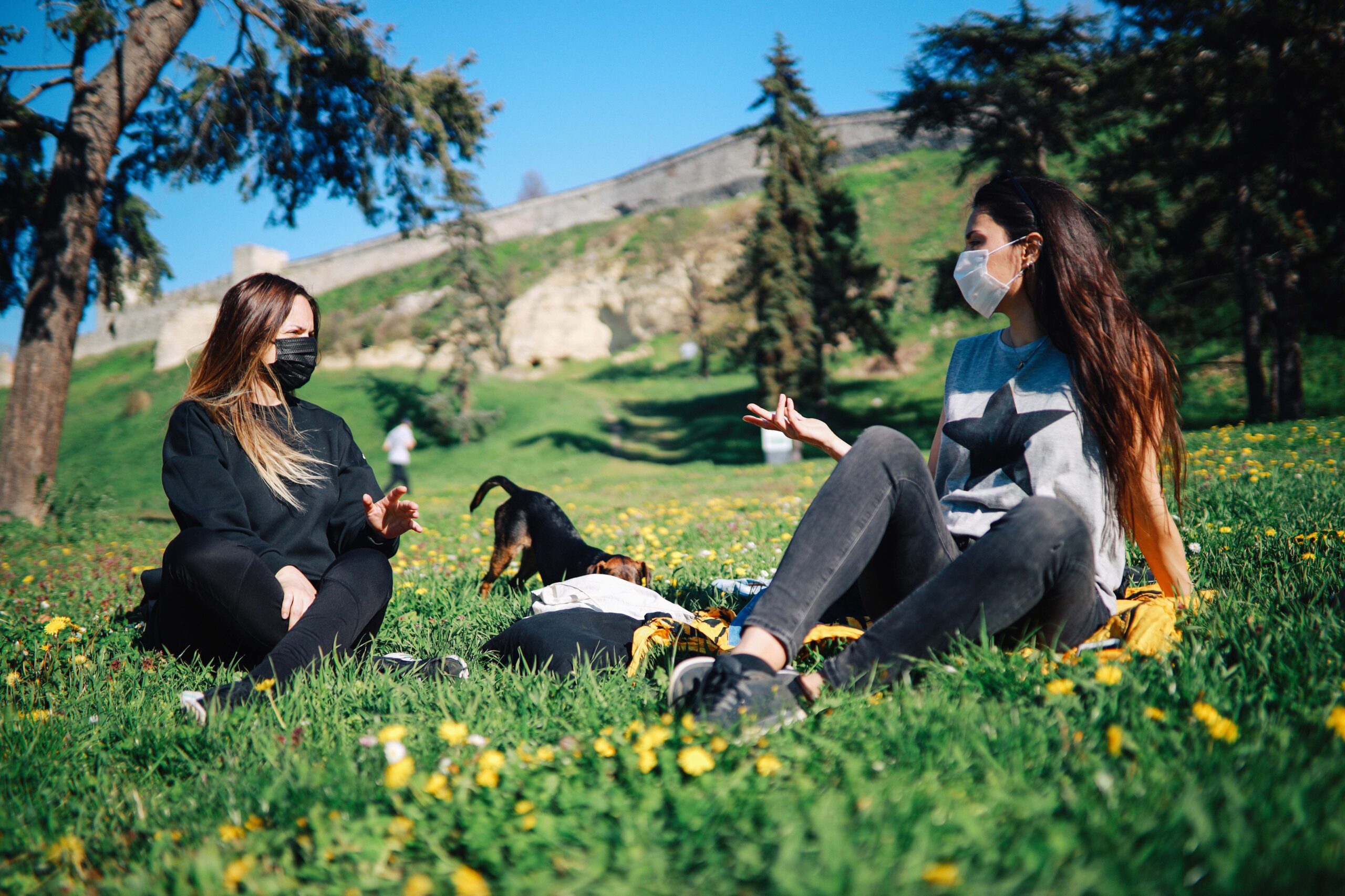
The social circle you risk exposure for in order to stay sane and have actual conversations with people other than your family. These are friends and family that you see socially on a regular or semi-regular basis, even though none of you really know whether you’re being entirely safe.
Related: 24 Things We Already Miss About Lockdown
Quaranteam

See above: COVID bubble, quaranteam … same thing.
Related: How to Prepare for Another Round of Stay-at-Home Orders
COVID Party
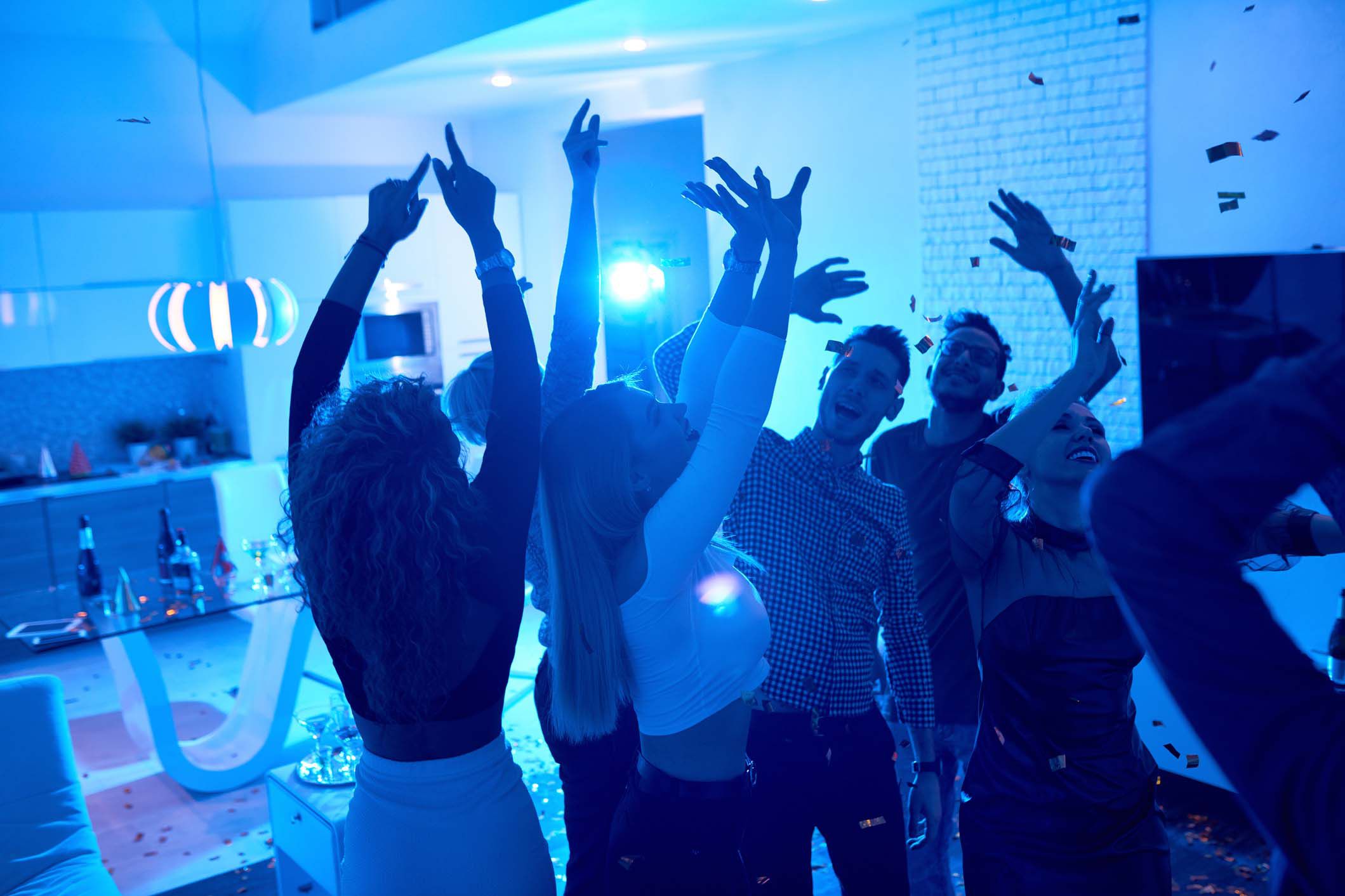
While it’s been debated whether this is actually a thing or just urban legend, reports have surfaced saying younger people are throwing parties after a positive diagnosis with the goal of infecting others — with those others’ full knowledge — and prompting an immune response. If this is true, COVID partiers are — can you guess? Yes, covidiots.
Flattening the Curve
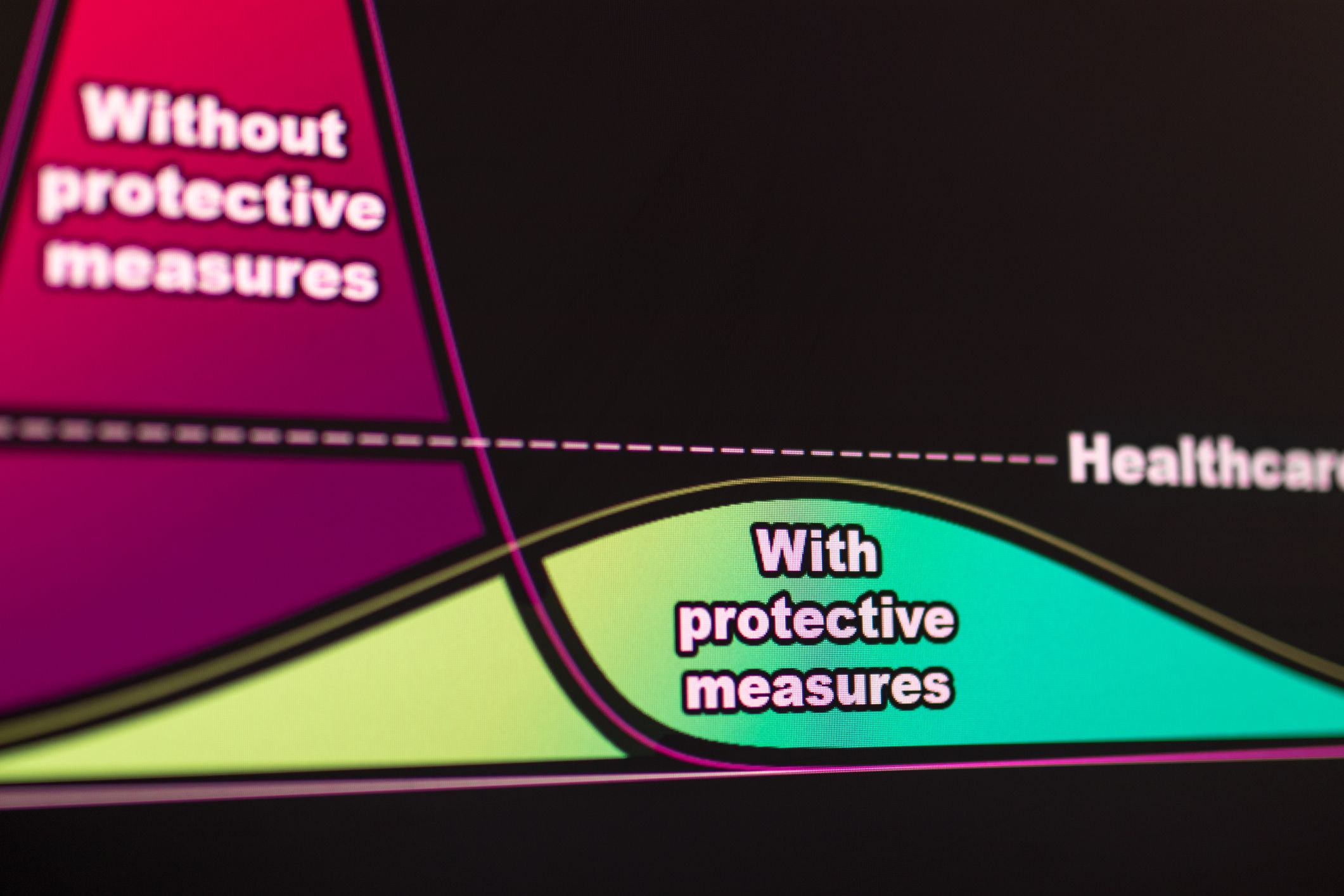
Remember when we were all so committed to this? On charts showing the number of coronavirus cases, a higher curve means more infections in a shorter period. The goal is to spread them out over a longer period and avoid overwhelming hospitals — hence the lockdowns and other protective measures.
Fattening the Curve

What happens when you have a bunch of covidiots and maskholes catching the moronavirus.
Quarantini
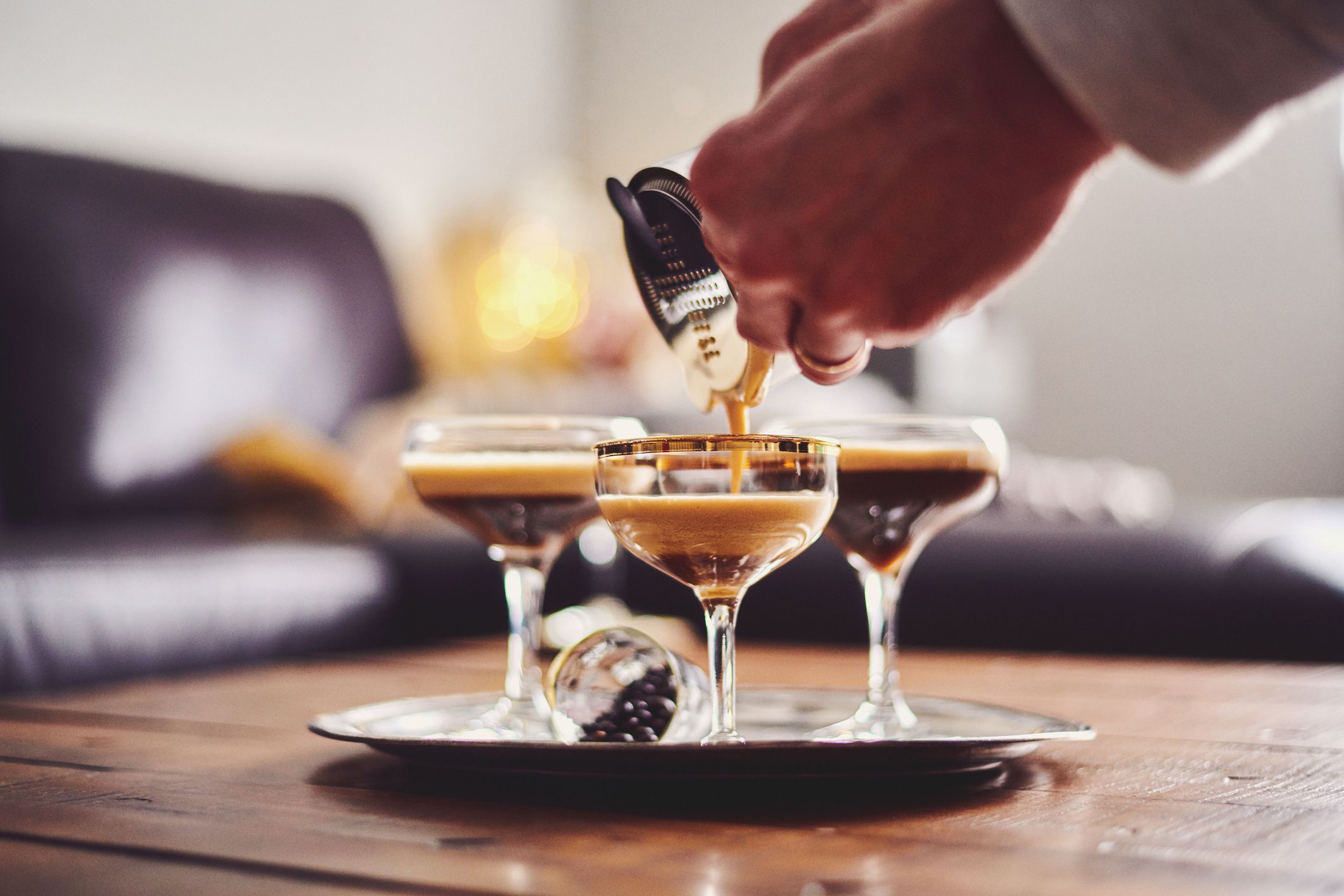
A mashup of “quarantine” and “martini,” this is any cocktail you mix at home instead of going out to a bar. It’s a word that also showed up on a lot of restaurants’ new takeout menus in places where to-go cocktails became legal.
Virtual Happy Hour
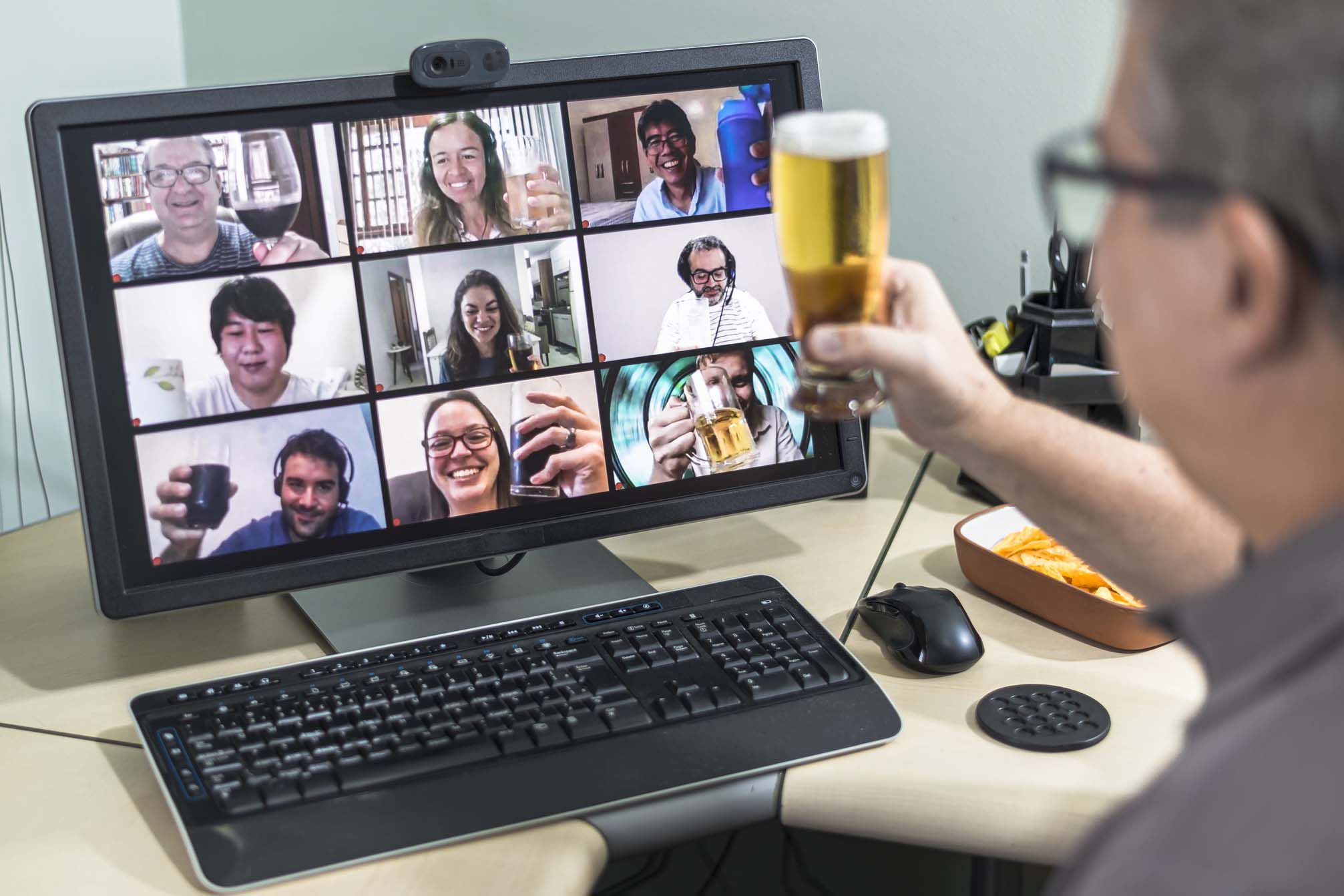
This is what happens when you drink quarantinis while meeting up on Zoom with people who are not in your COVID bubble or quaranteam.
Related: 20 Hacks and Tips for Video Chatting on Zoom, Hangouts, and More
Quarantine and Chill

A coronavirus-era take on “Netflix and chill.” What better way to pass the time when stuck at home with your partner?
Zoombombing
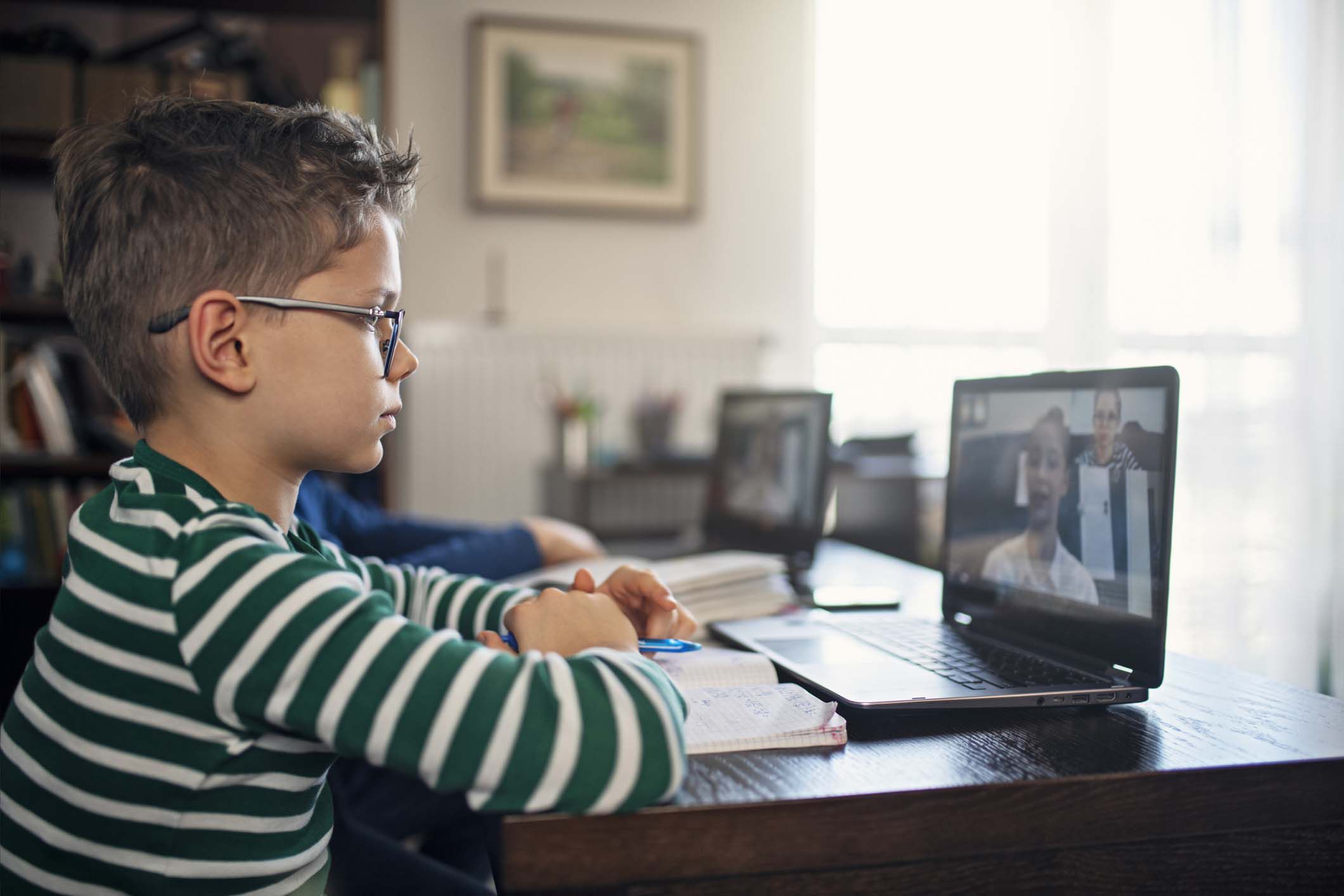
Also sometimes called Zoomraiding, this is what happens when internet trolls or hackers invade a Zoom video meeting to interject material that is obscene, racist, or antisemitic in nature. Not a happy word, but it may cheer you to know that authorities in some countries are investigating and prosecuting Zoombombers.
Quaranteens
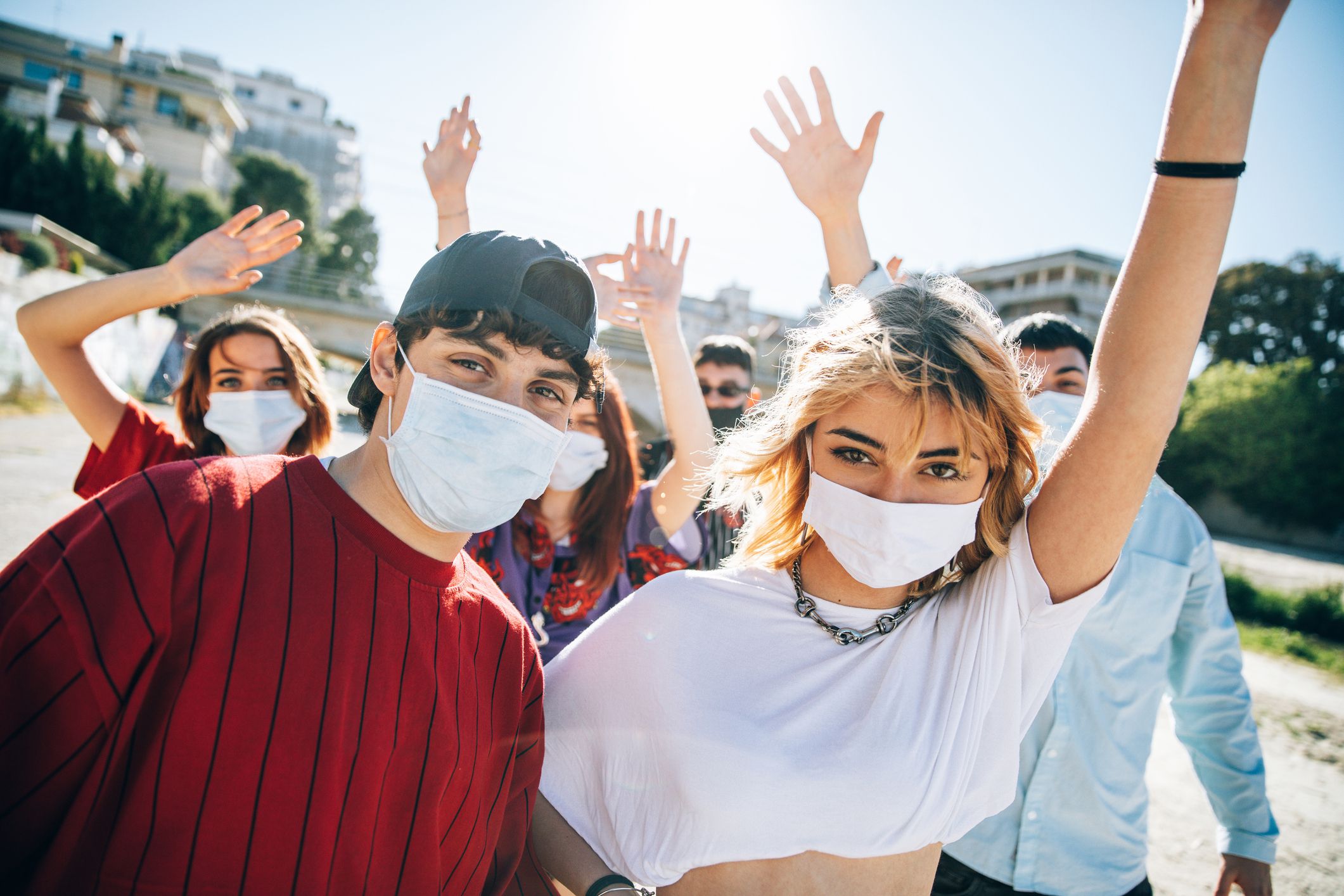
Also sometimes called coronials, this term is either used to describe those who are currently teenagers during a pandemic or what we’ll call coronababies around 2034, when they enter their teen years.
Related: How to Talk to Your Kids About the Financial Realities of the COVID-19 Crisis
COVID-10
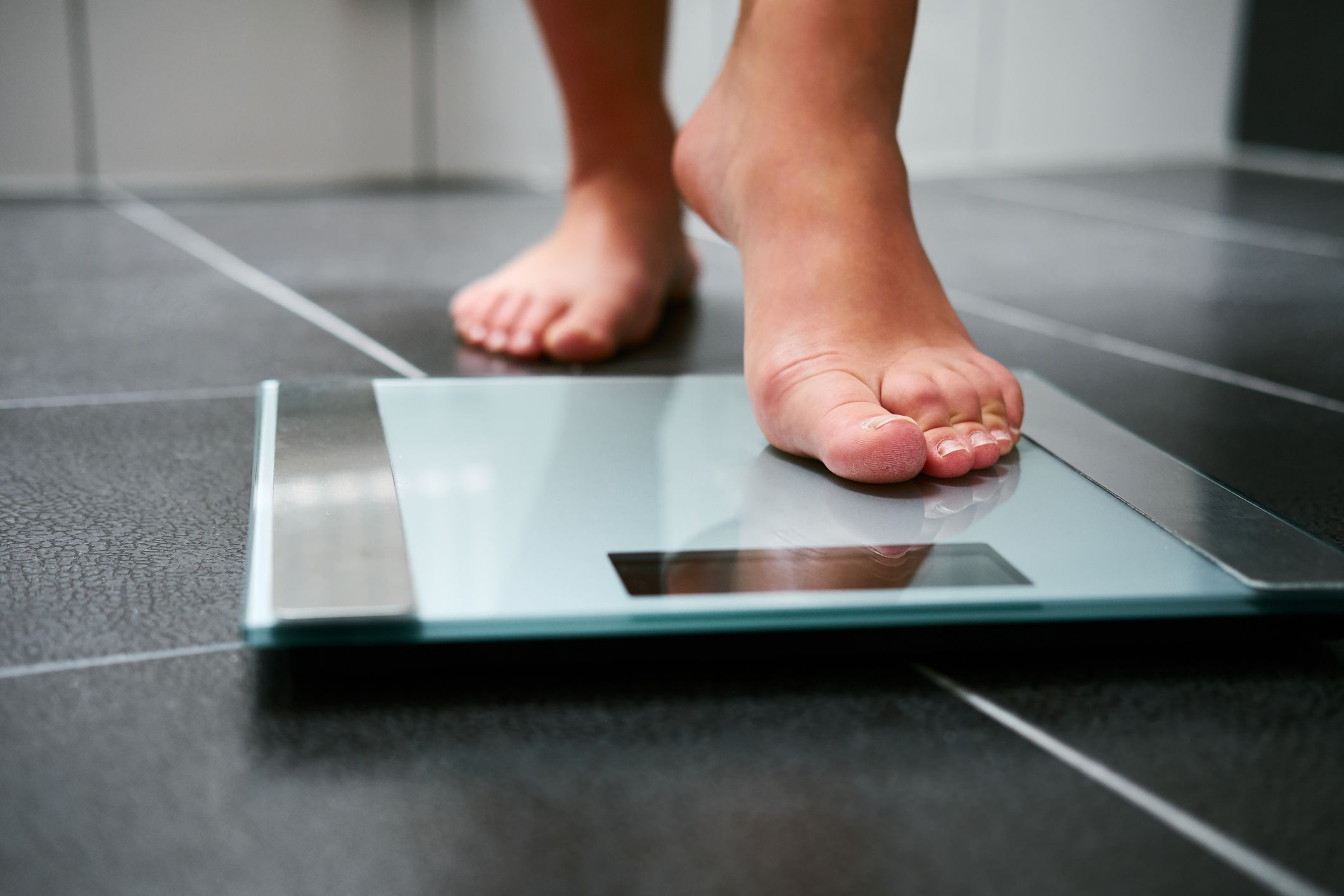
A reference to the weight gain some are experiencing while staying at home trying to avoid catching the virus. Other countries have fun names for this one too. Germans, for example, call it “coronaspeck” — speck being a baconesque food that Germans indulge in. Another popular one, because rhymes are fun, is the “quarantine 15.”
Related: This Cheap Workout Gear Can Help You Stay in Shape at Home
WFH
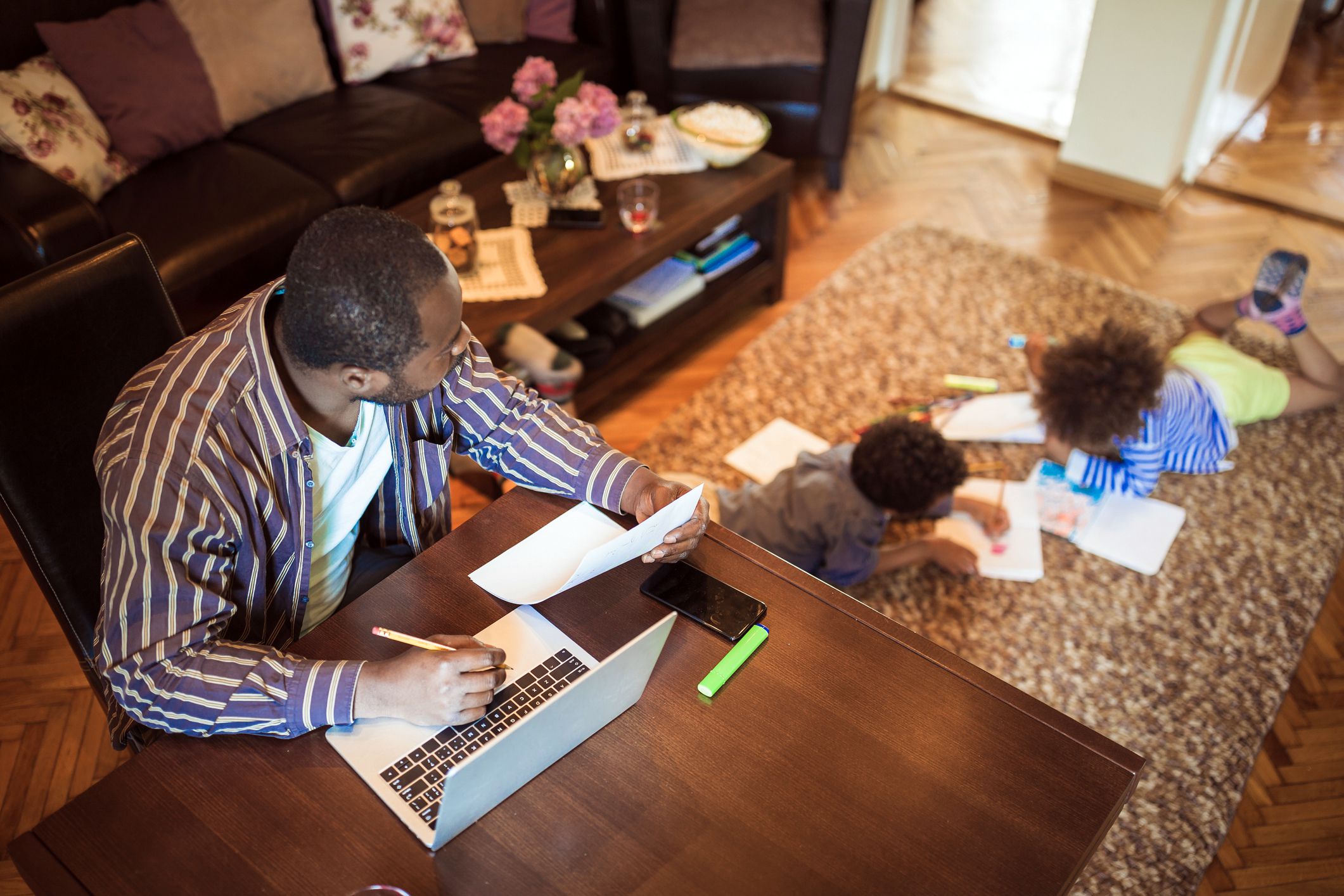
Raise your hand if pajamas have become your daily attire and you find yourself shopping online to expand your wardrobe of leisurewear. Working from home — or WFH if you’re a syllable saver — has become the new way of doing business across the country amid the coronavirus pandemic.
Related: Our Team Has Worked From Home for Years: Here’s How We Do It
Coronacation
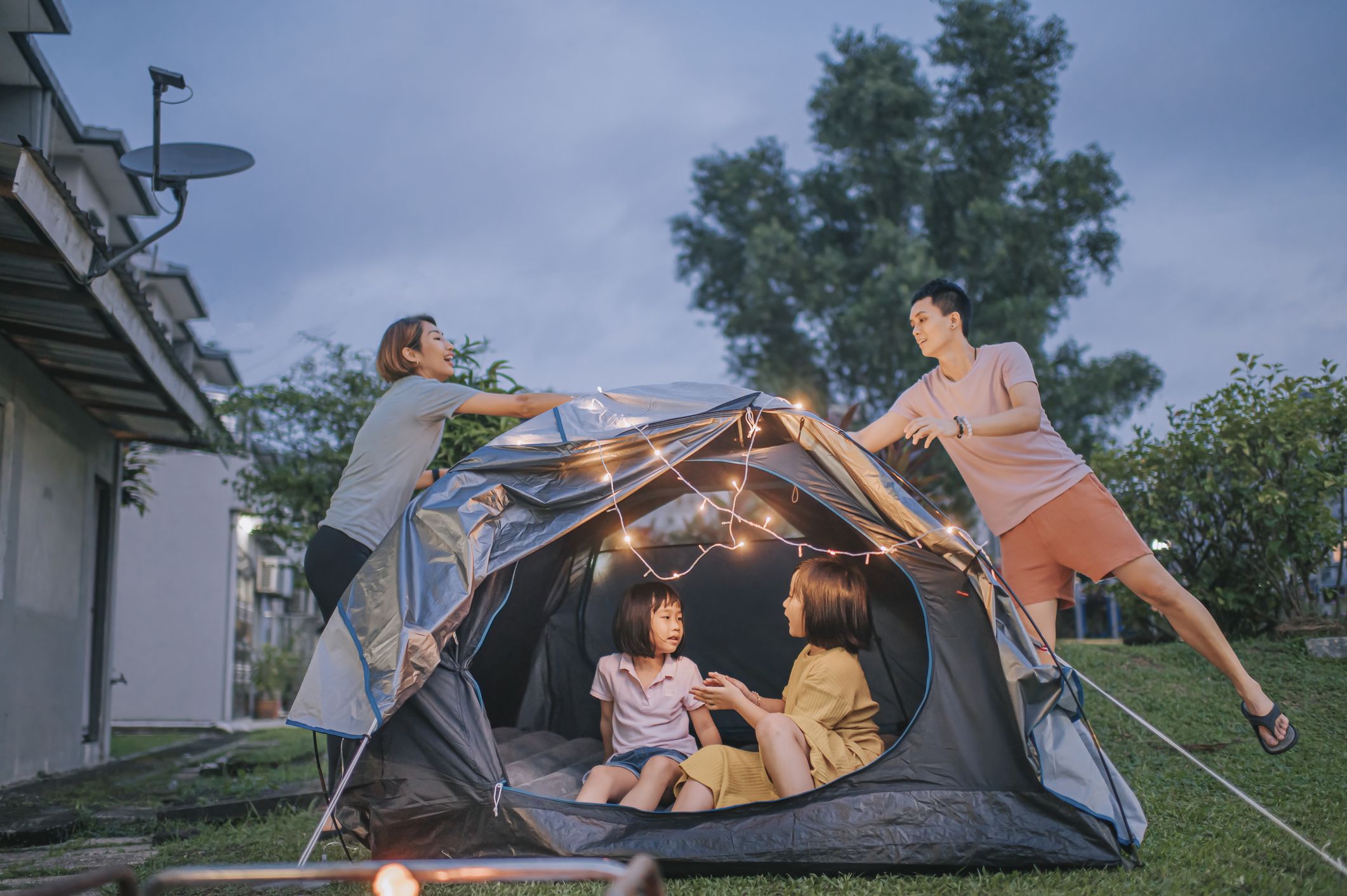
People seem to be using this one in myriad ways. One, it can be a staycation forced by the pandemic. It can reference a vacation one plans cheaply due to pandemic-related travel price cuts. Finally, it’s what some folks (who probably aren’t very good at working from home) are calling working from home.
Related: 25 Things You Don’t Miss About Going to the Office
Coronapocalypse
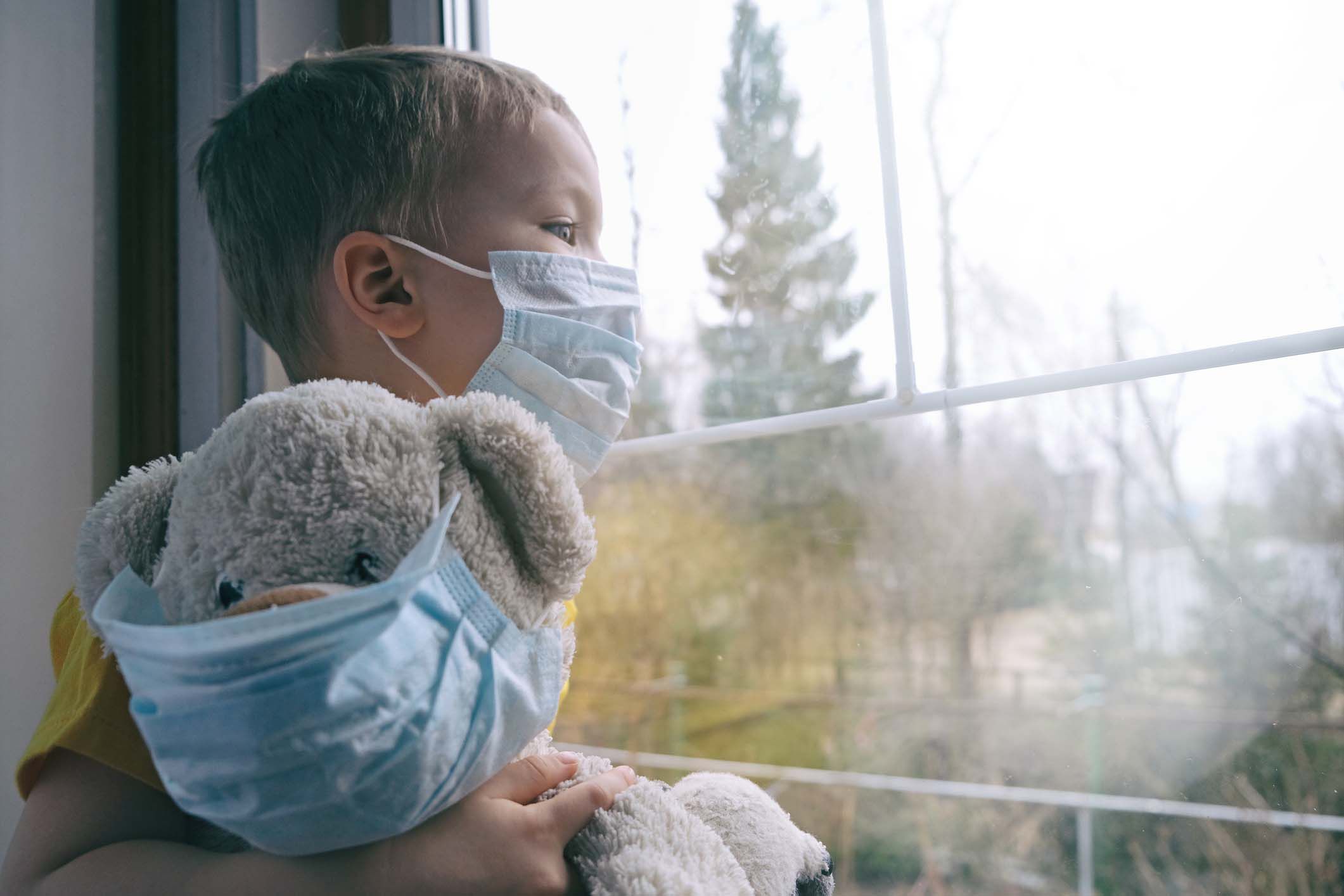
A pandemic. Widespread civil unrest. Failing leaders. Covidiots and maskholes catching the moronavirus. Need we say more?
Related: Americans’ Top 10 Biggest Fears About the Coronavirus Pandemic
New Normal
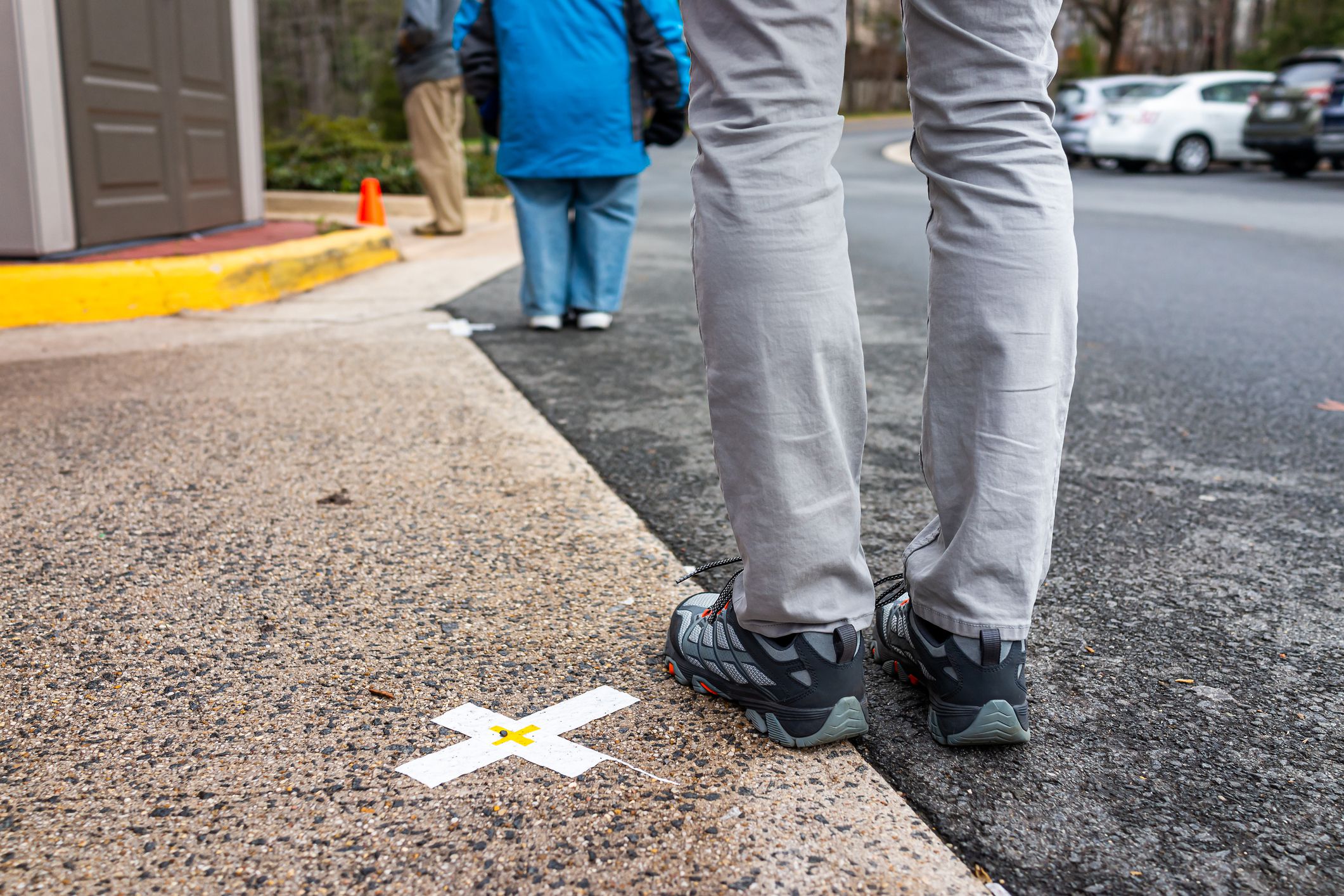
With all the changes unleashed by the coronavirus pandemic, Americans suddenly find themselves facing — and constantly hearing about — the “new normal.” Just what that new reality looks like undoubtedly varies based on where you live and your own particular circumstances but, broadly and relatively speaking, the new normal stinks for just about everyone.
Social Shaming
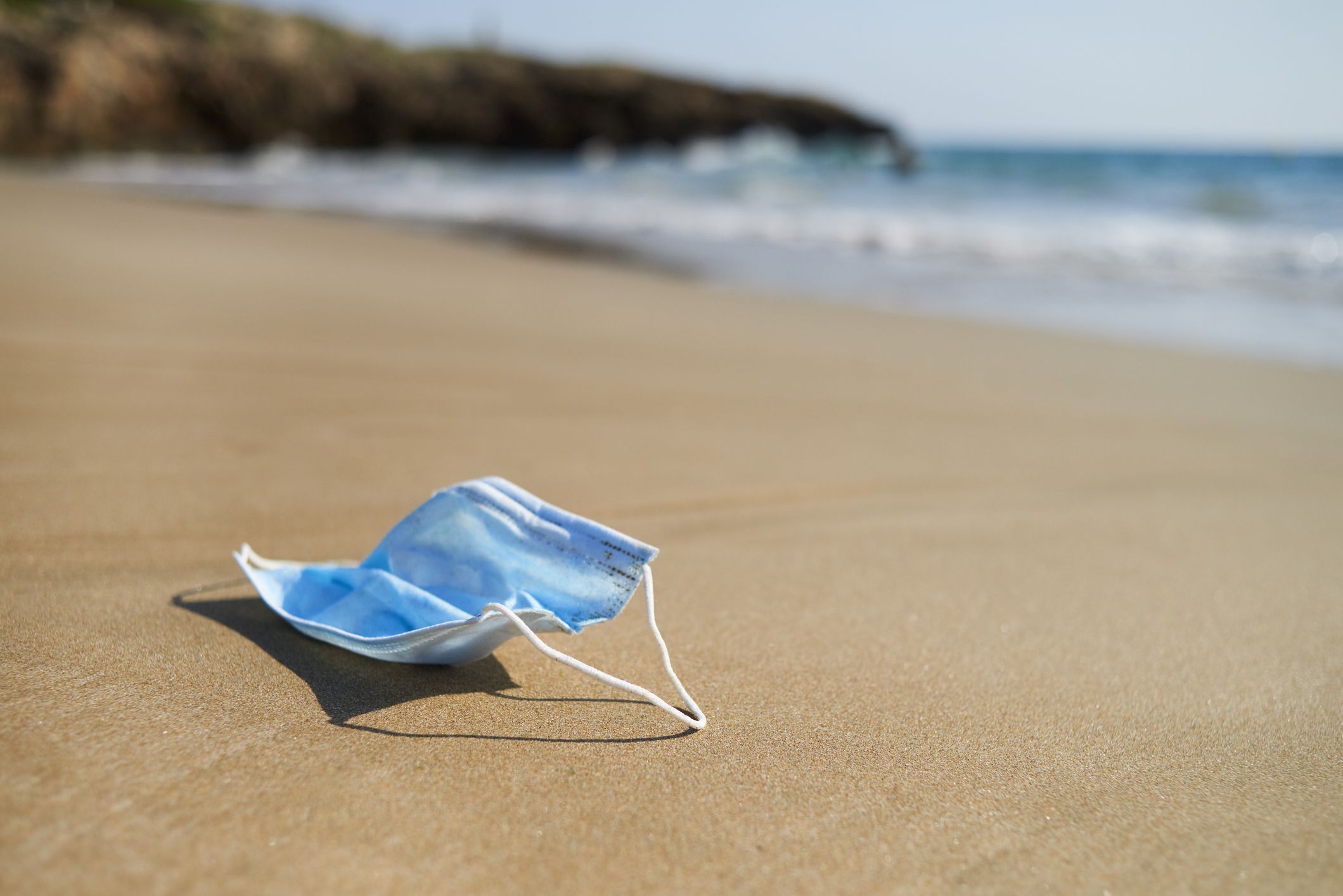
To go out or stay home? To shop or not? There’s a significant divide in public opinion among those who believe things like mask wearing and social distancing should continue and those who would like to return to life as we once knew it. Americans upset about others violating pandemic norms have taken to social media and other forums to shame or embarrass those caught in the act. Even politicians have endorsed such responses. The mayor of Providence, Rhode Island, urged residents to socially shame anyone not wearing a mask or gathering in large groups.
Novel Coronavirus
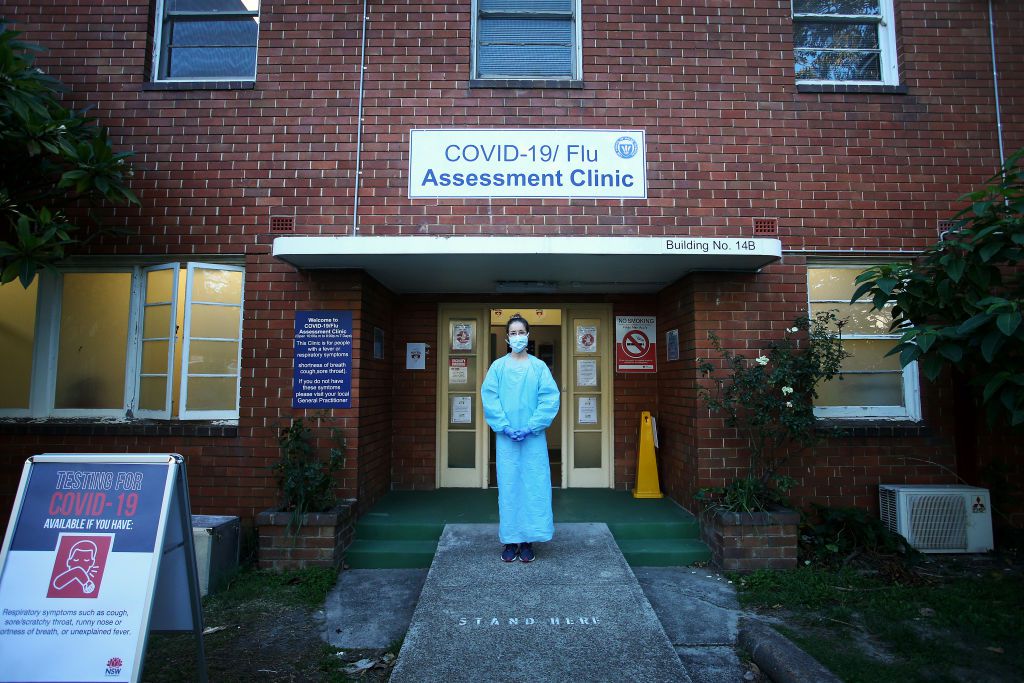
Coronavirus is actually “the broader name for the family of viruses that includes COVID-19,” under Merriam-Webster’s newly revised definition. A novel coronavirus is a new coronavirus that had not been previously identified, according to the CDC, and this one is “not the same as the coronaviruses that commonly circulate among humans and cause mild illness, like the common cold” — something we now know all too well.
Community Spread
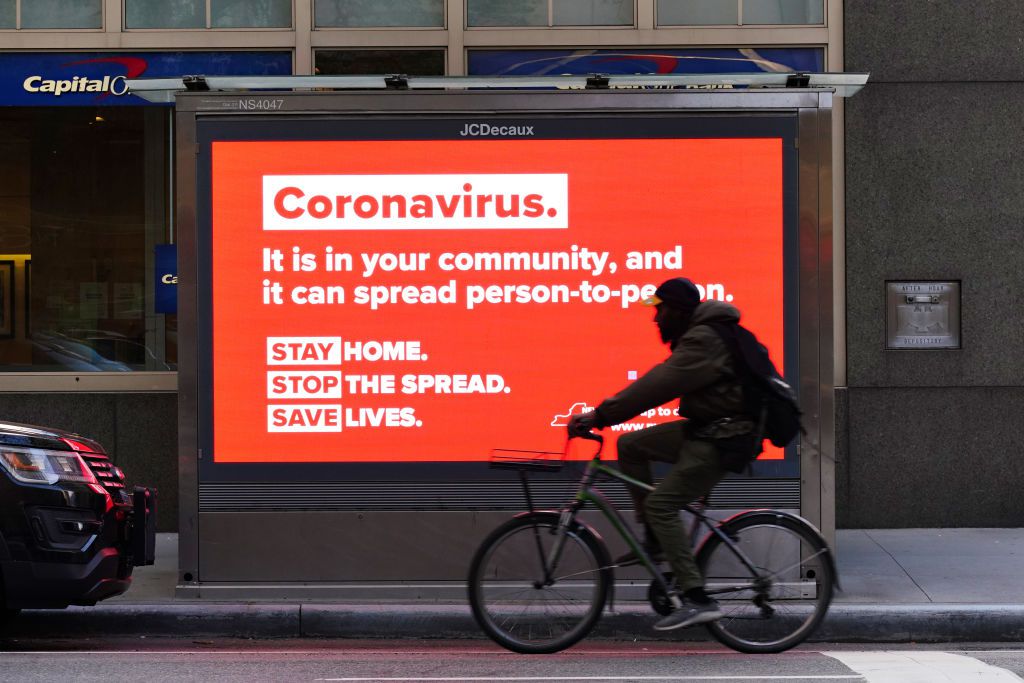
We went from “clusters” of cases in places like California, New York, and Washington state to this unsettling reality: “the spread of a contagious disease to individuals in a particular geographic location who have no known contact with other infected individuals or who have not recently traveled to an area where the disease has any documented cases,” according to Merriam-Webster’s definition.
Social Distancing
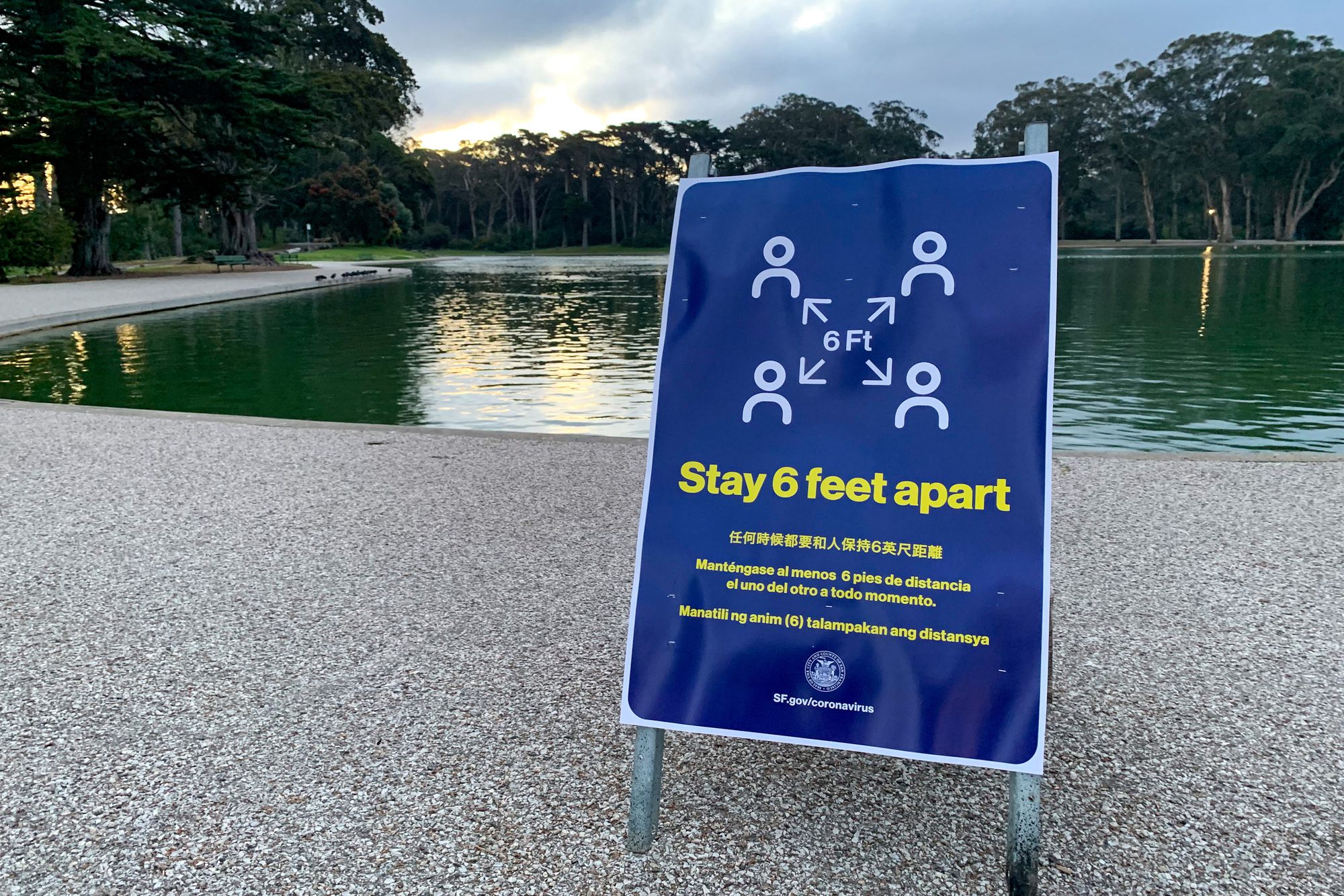
Merriam-Webster added this term for the avoidance of close contact with other people as a new entry, noting that it has “become ubiquitous in coverage of safe practices for preventing the spread of the disease.” Never mind that physical distancing might be more accurate (see: virtual happy hour).
Super-Spreader

Another new entry in the Merriam-Webster dictionary, this term refers to those with COVID-19 who are highly contagious and capable of transmitting the virus to a large number of uninfected individuals.
Personal Protective Equipment
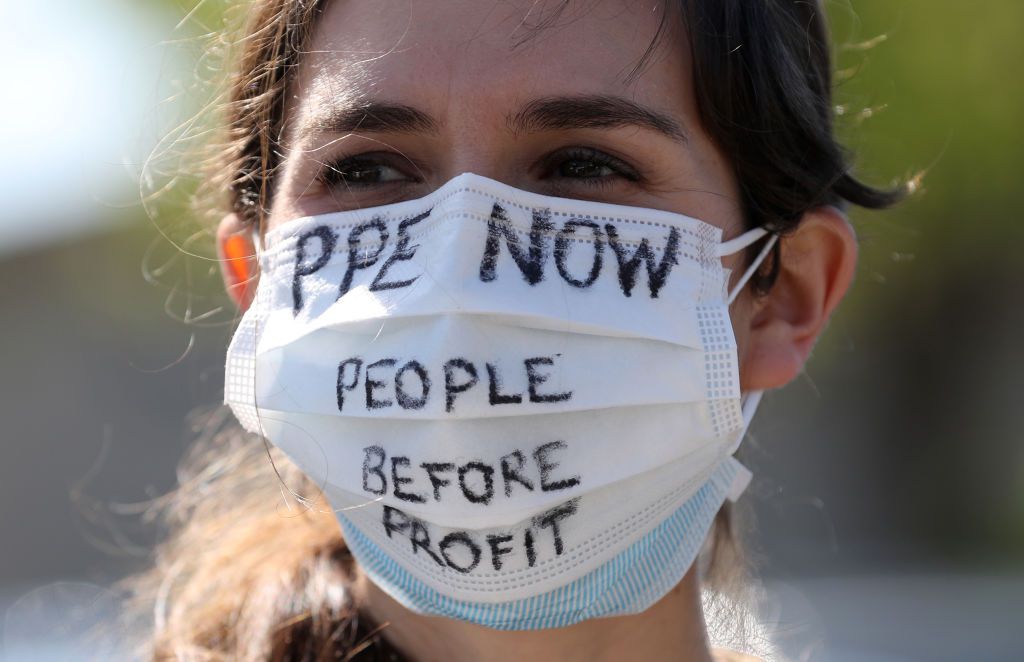
PPE, which has been in woefully short supply in this country, is “specialized clothing or equipment, worn by an employee for protection against infectious materials,” according to the Occupational Safety and Health Administration. In health care settings, PPE encompasses items such as gloves, gowns, aprons, masks, respirators, goggles, and face shields.
N95 Respirator
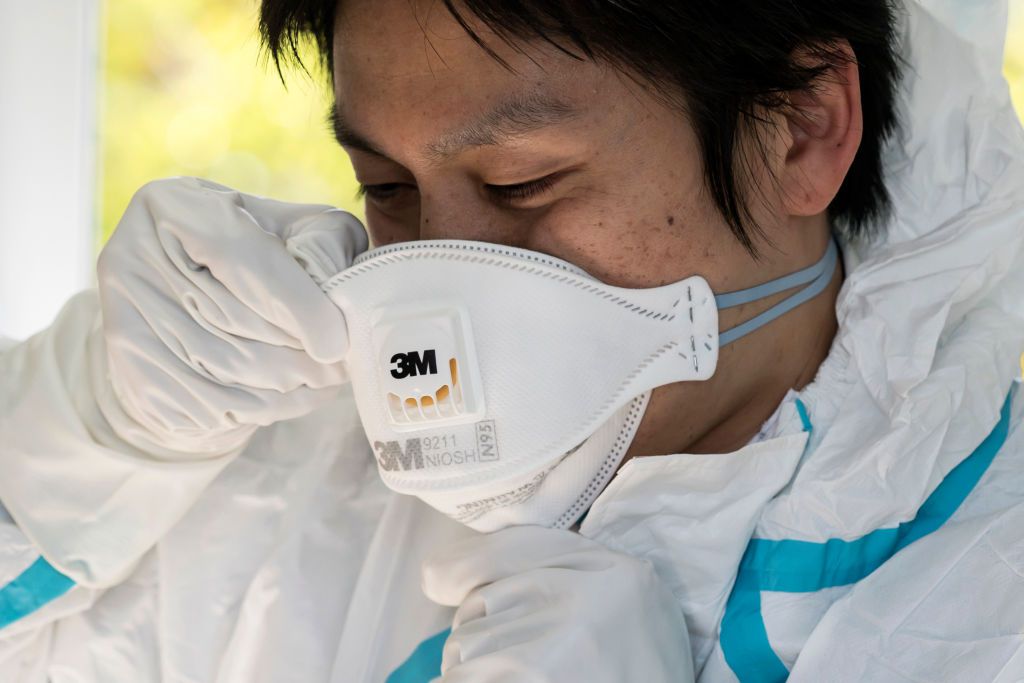
How many of us, other than those in specialized professions that required them, knew what an N95 mask was before last year? These look like surgical masks and form “a tight seal around the nose and mouth,” according to Yale Medicine. “An N95 is actually a respirator that filters out at least 95% of particles in the air.” These, too, have been hard to come by amid the pandemic.
Contact Tracing
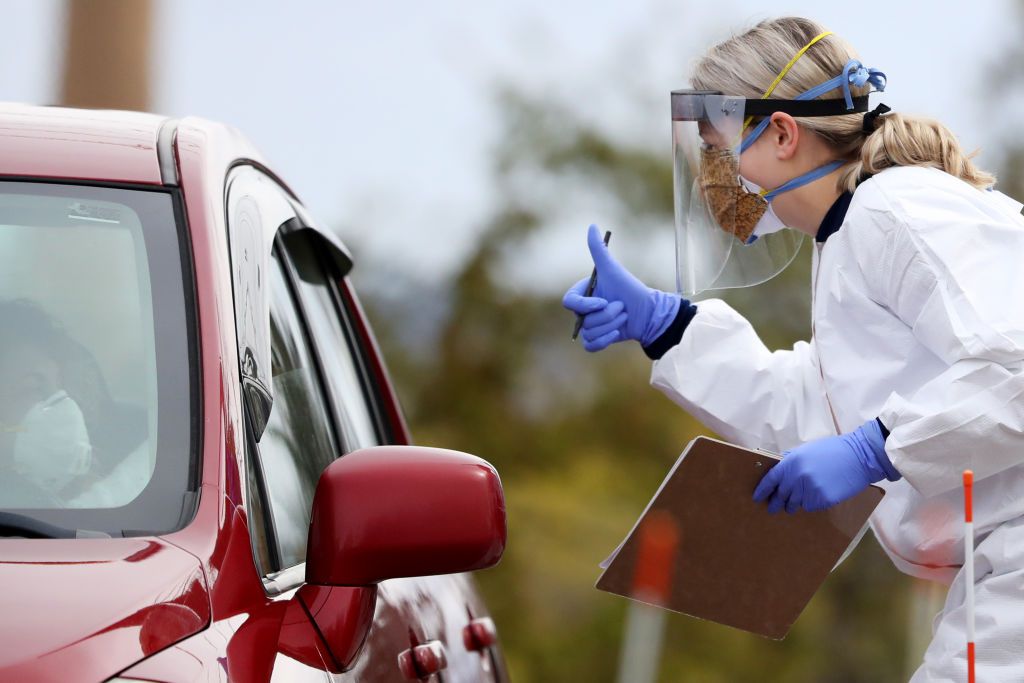
Yet another critical tool in slowing the spread of the coronavirus, contact tracing is the “practice of identifying and monitoring individuals who may have had contact with an infectious person as a means of controlling the spread of a communicable disease,” according to Merriam-Webster.
Drive-Thru Testing
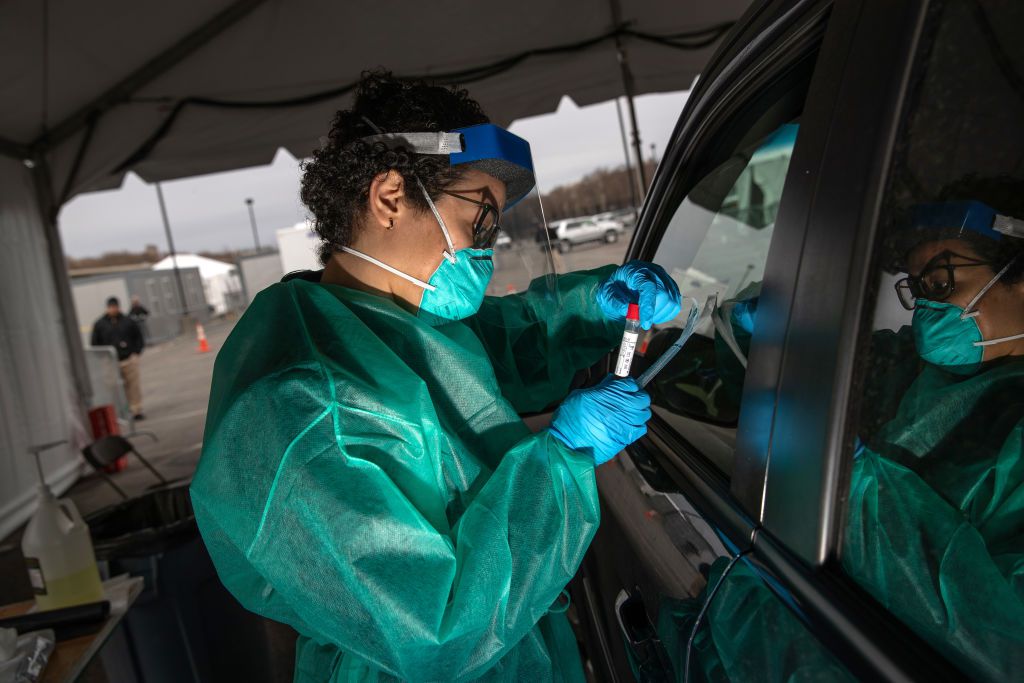
The term drive-thru used to be associated primarily with fast food. But as part of the national response to coronavirus, some places are offering drive-thru testing, a process that allows you to be swabbed for the virus without leaving your car. Conducting testing this way is believed to be safer for everyone involved because it involves minimal contact with others.
Contactless Delivery
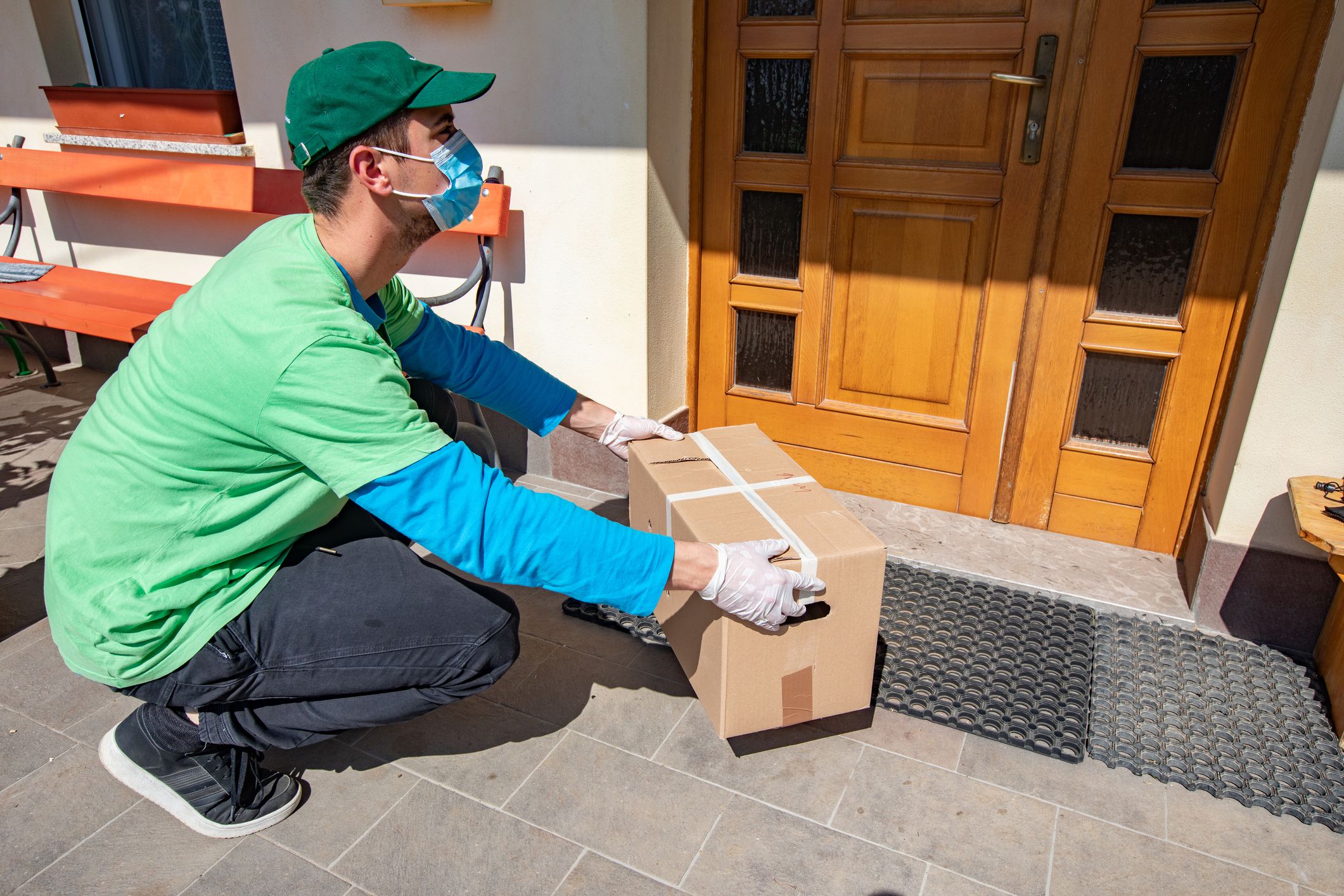
Look at the websites of many of your favorite restaurants these days and you’ll likely find this term displayed in newly prominent ways. Domino’s, Papa John’s, and Pizza Guys are just a few that have taken pains to point out and define their contactless-delivery options, which typically involve leaving food on your doorstep rather than actually handing it to you.
Related: 18 Restaurant Chains We Miss
